
Tea Notes
Discover the world of tea
Latest Posts

Discovering New Blends
The Warming Joy 2025 Collection
Warming Joy is back! This annual, limited edition collection offers a timeless tradition for all those who receive it.
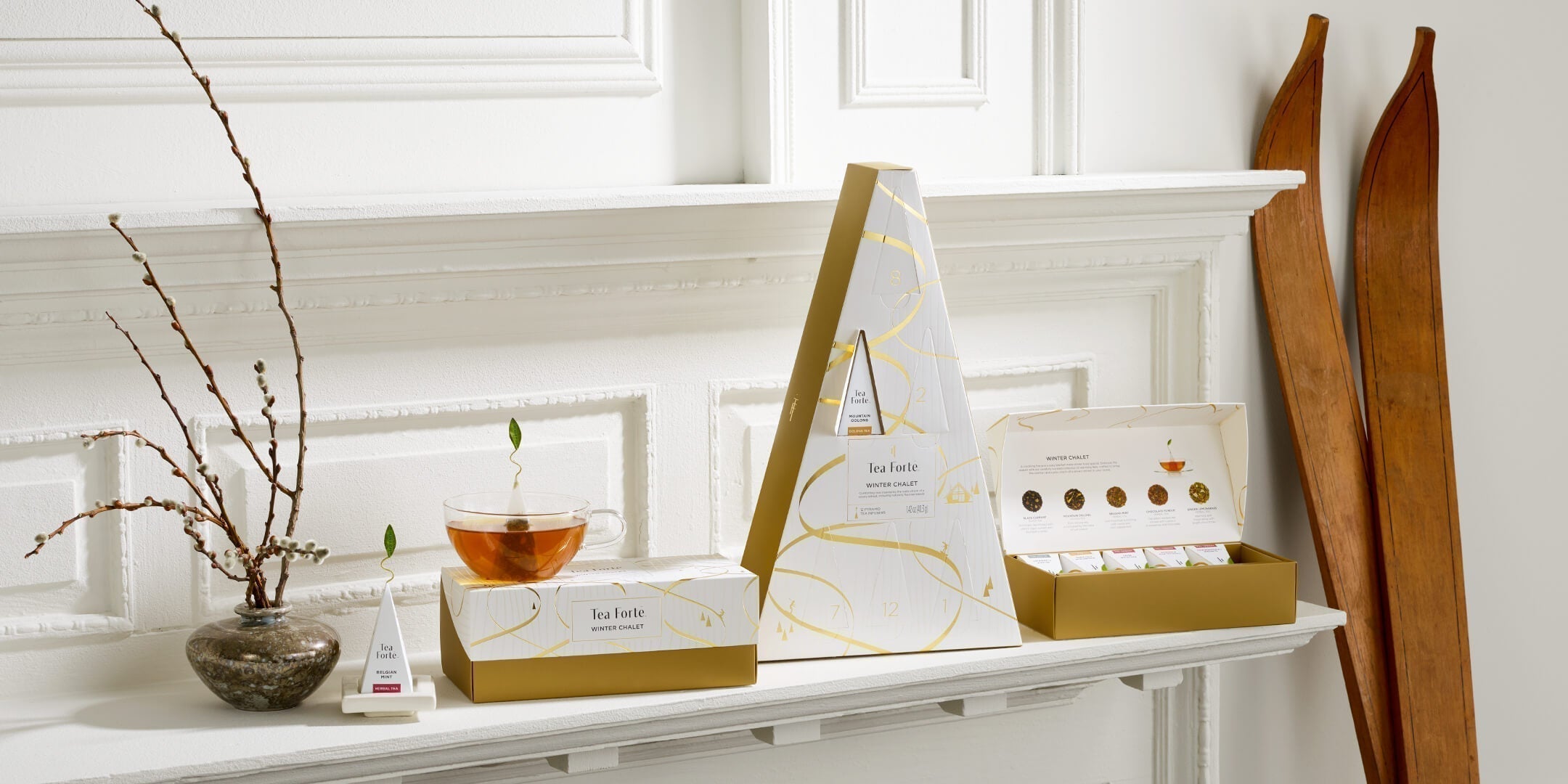
Discovering New Blends
The Winter Chalet Collection
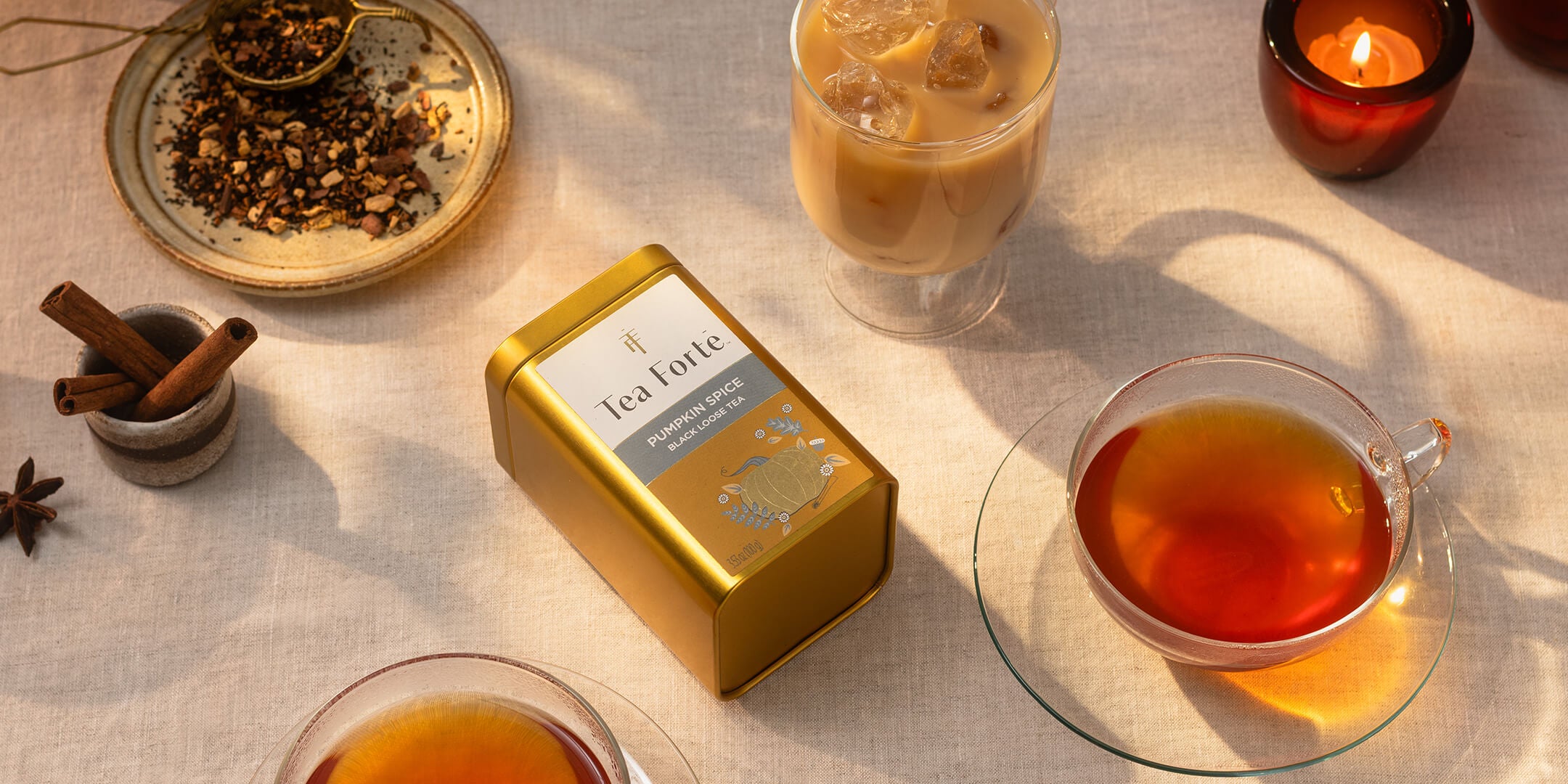
Discovering New Blends
Welcoming the Return of Pumpkin Spice
The quintessential fall blend of black tea leaves, cinnamon, ginger, clove, and a hint of licorice to round out a smooth finish.
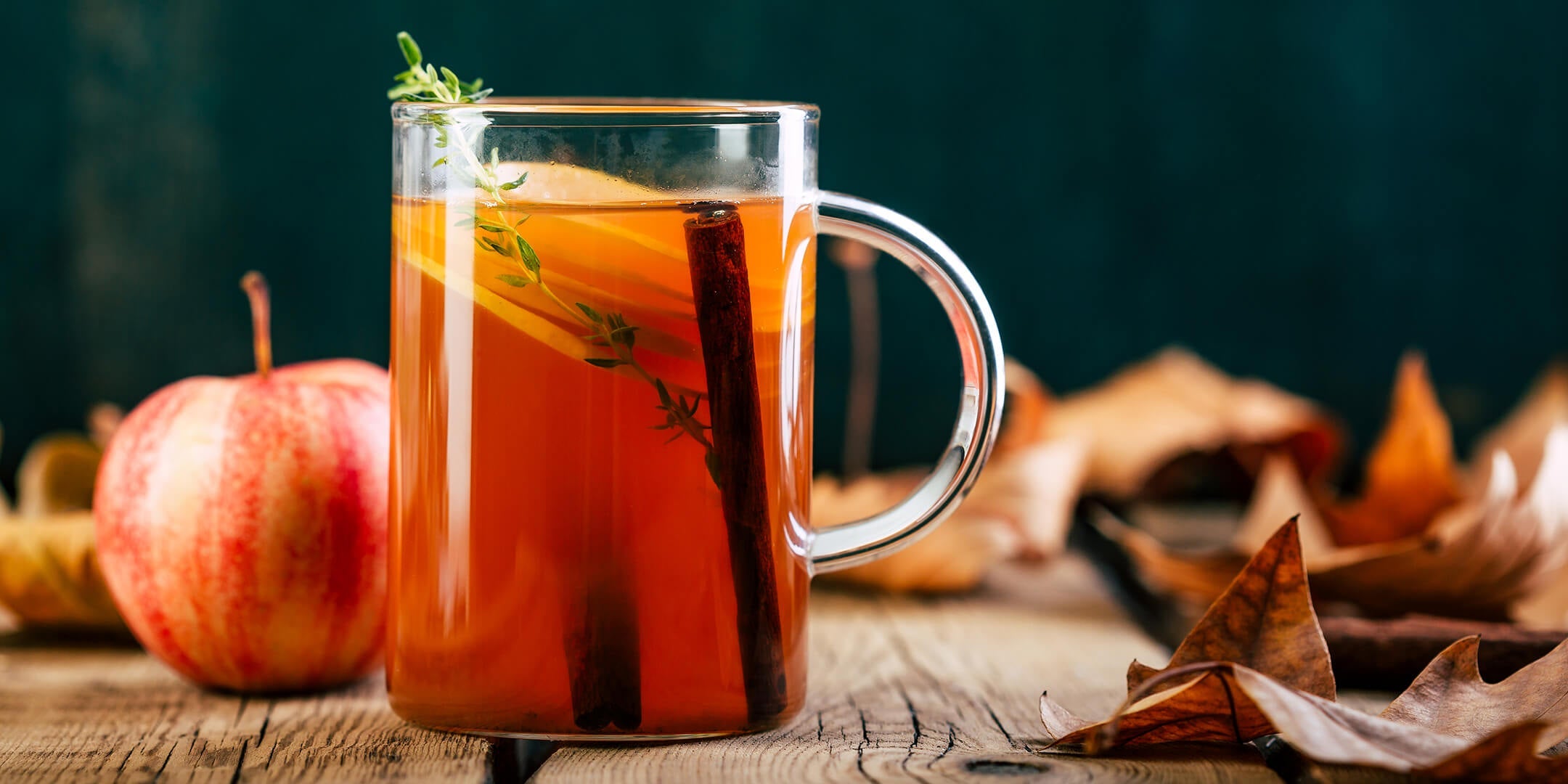
Discovering New Blends
Tea Blend Spotlight: Harvest Apple Spice
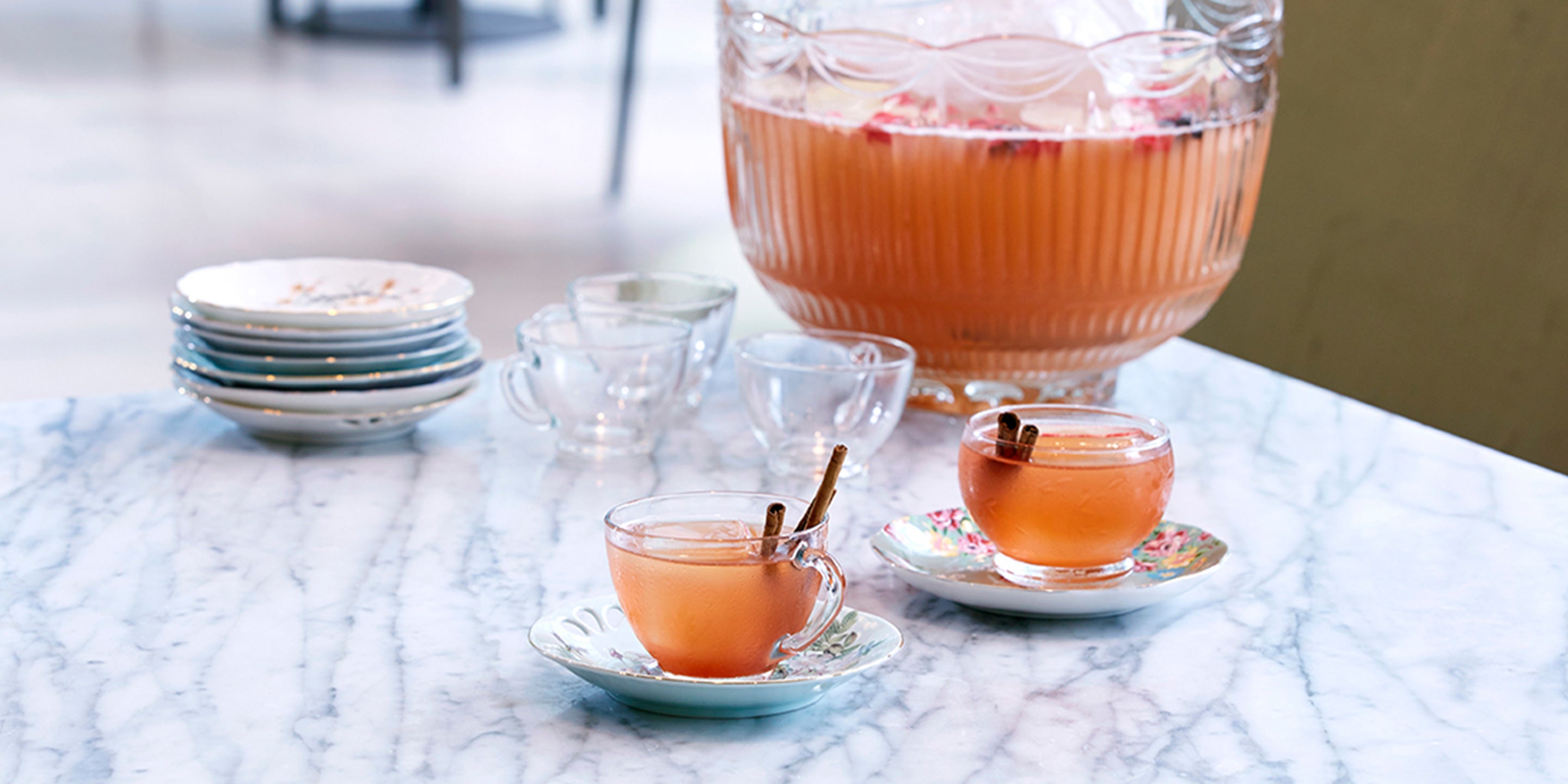
Cocktails & Mocktails
Harvest Apple Punch
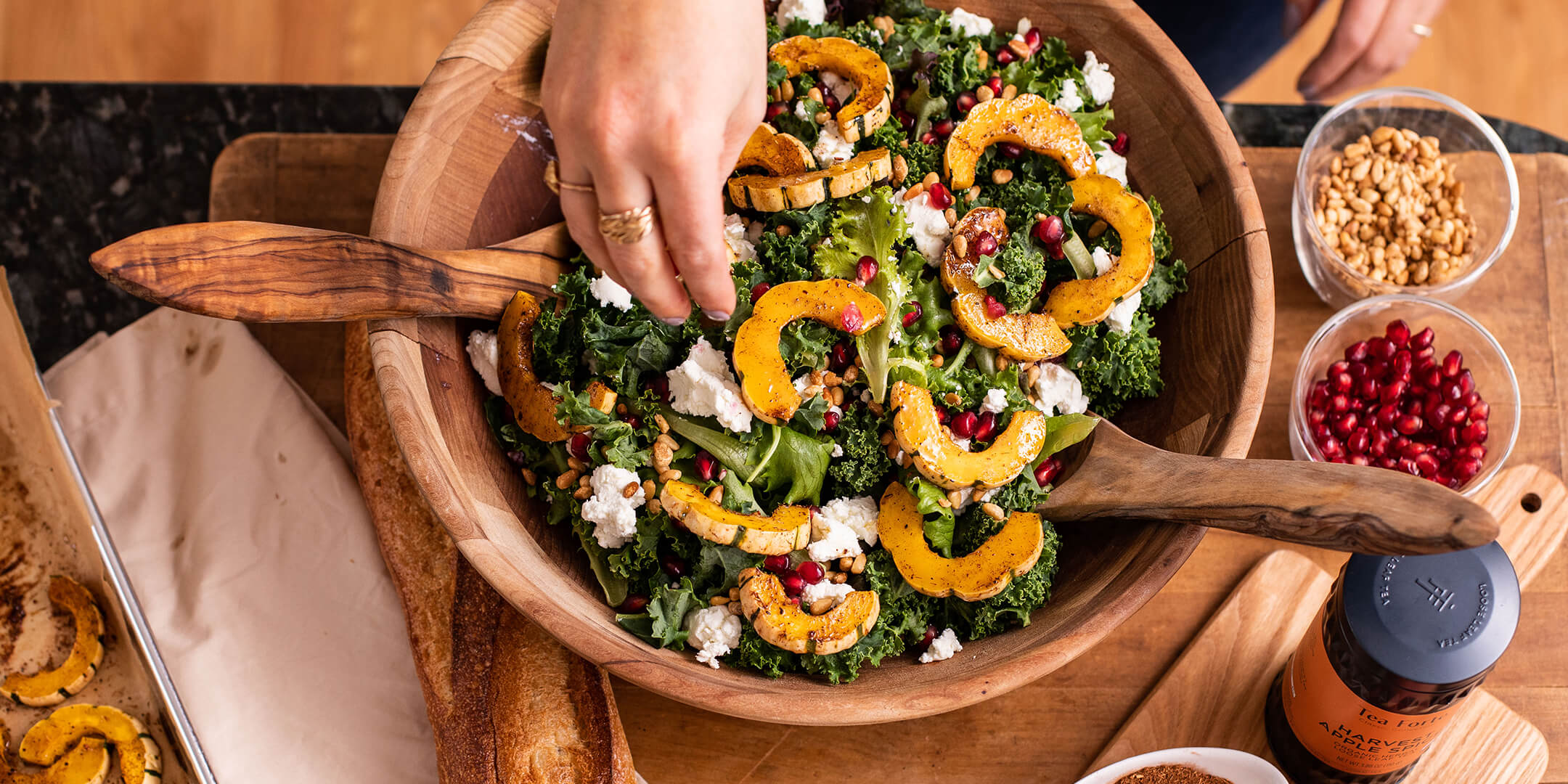
Tea Recipes
Harvest Salad & Vinaigrette Dressing
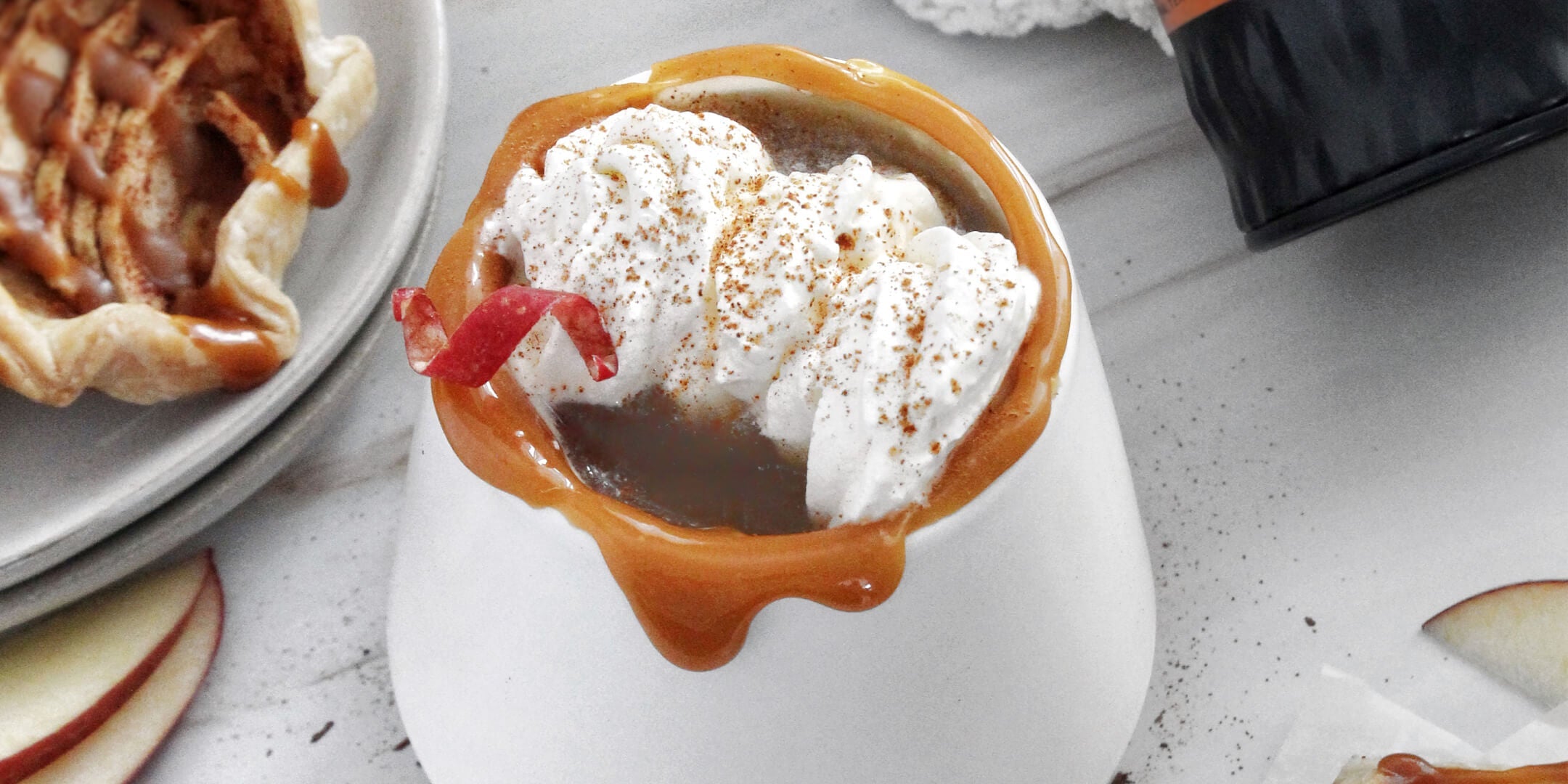
Tea Recipes
Caramel Apple Cider Tea
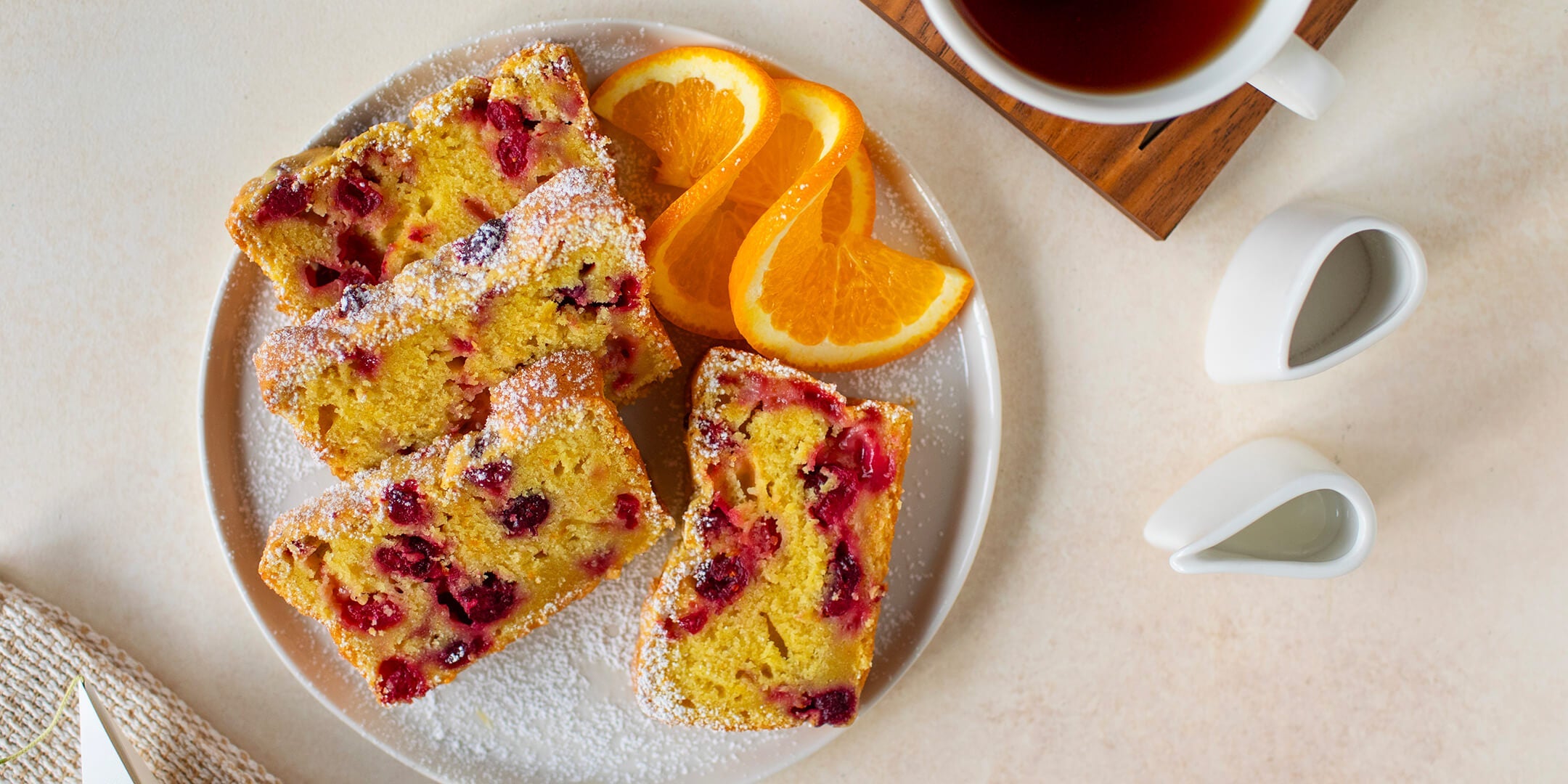
Tea Recipes
Cranberry & Orange Tea Loaf
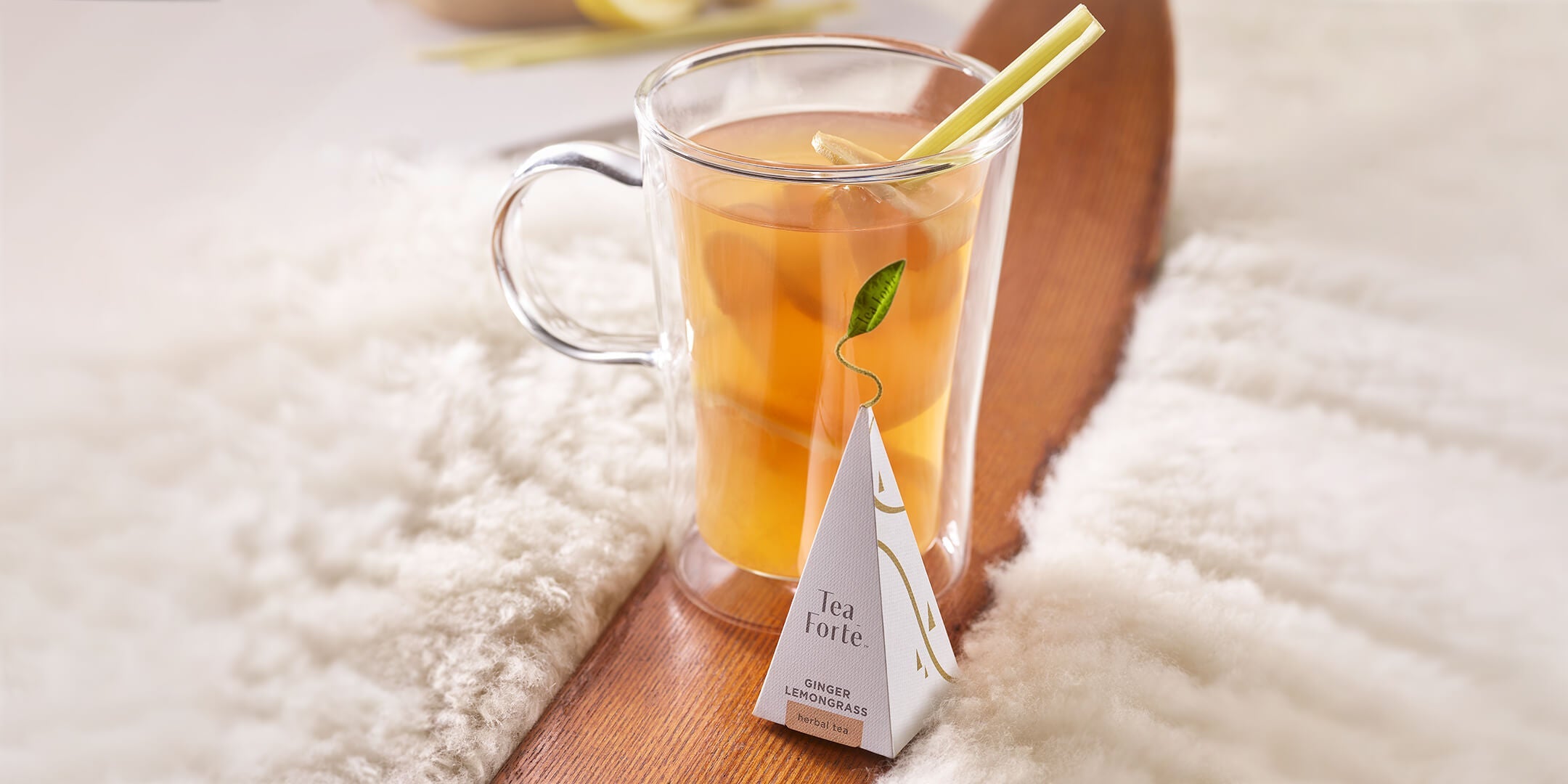
Cocktails & Mocktails
Ginger Lemongrass Hot Toddy Mocktail
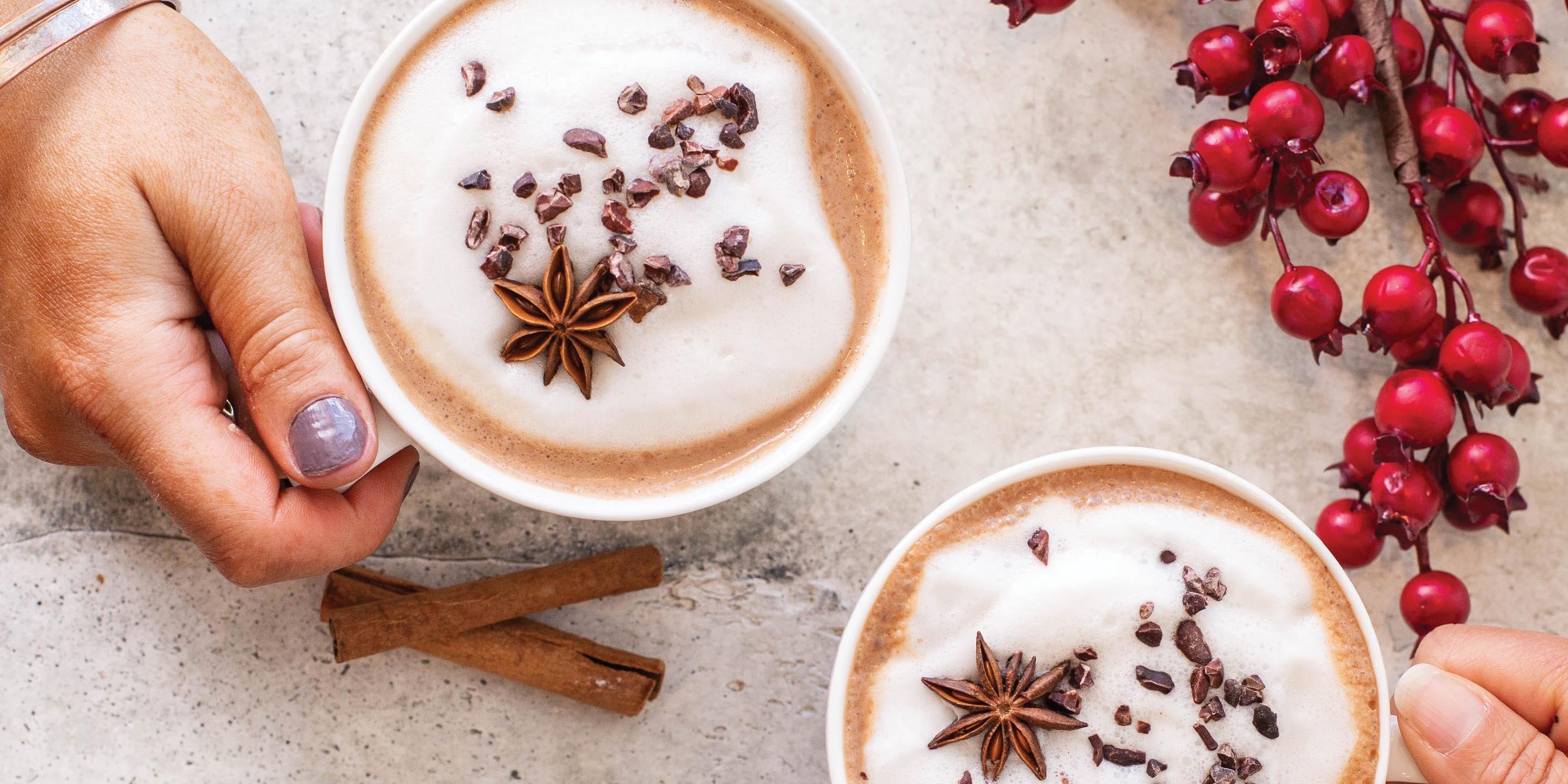
Tea Recipes
Winter Chai Hot Chocolate

Cocktails & Mocktails
Sweet Orange Spice Mulled Wine

Tea Recipes
Iced Pumpkin Spice Latte
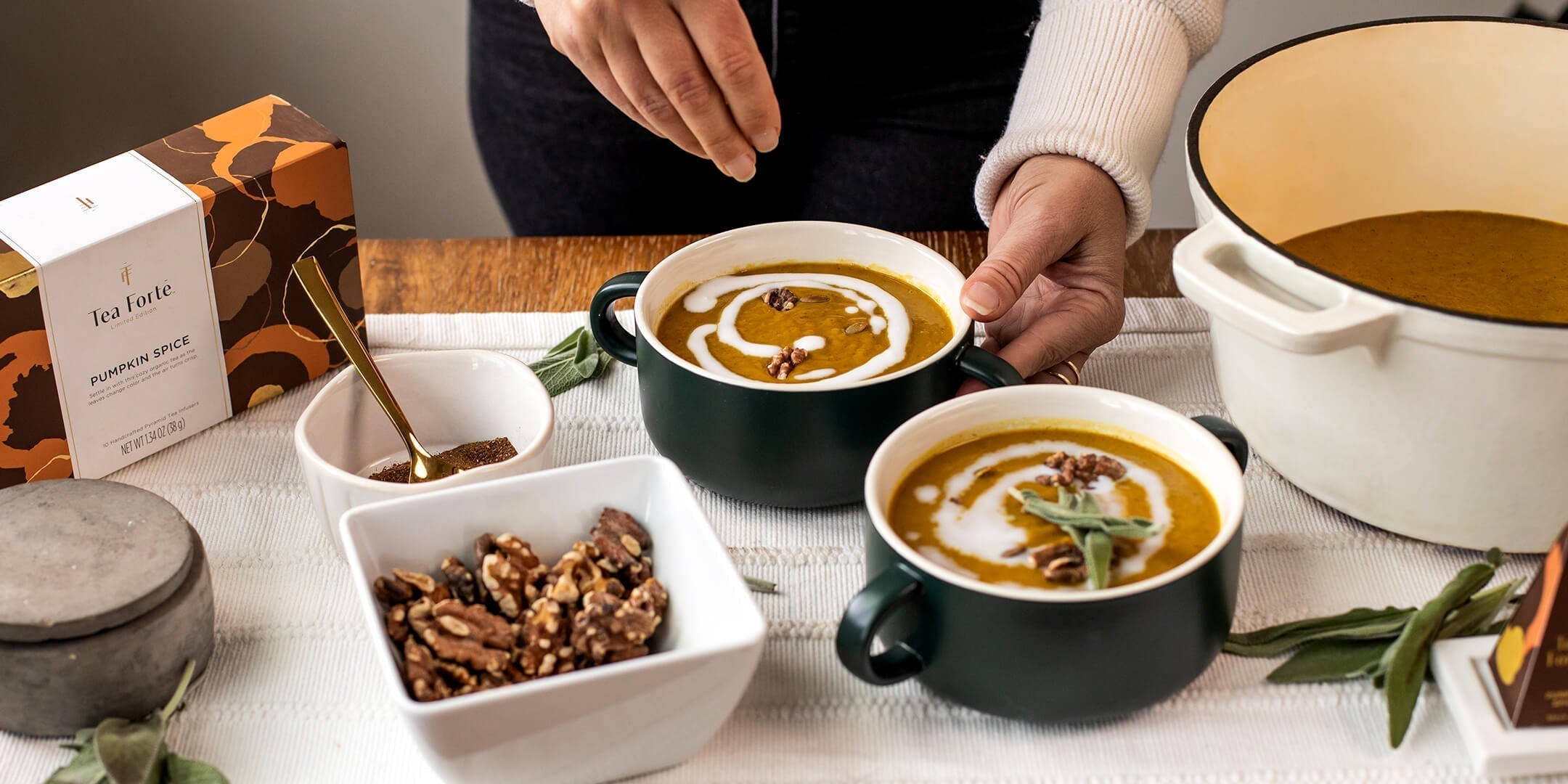
Tea Recipes
Turmeric Pumpkin Spice Soup
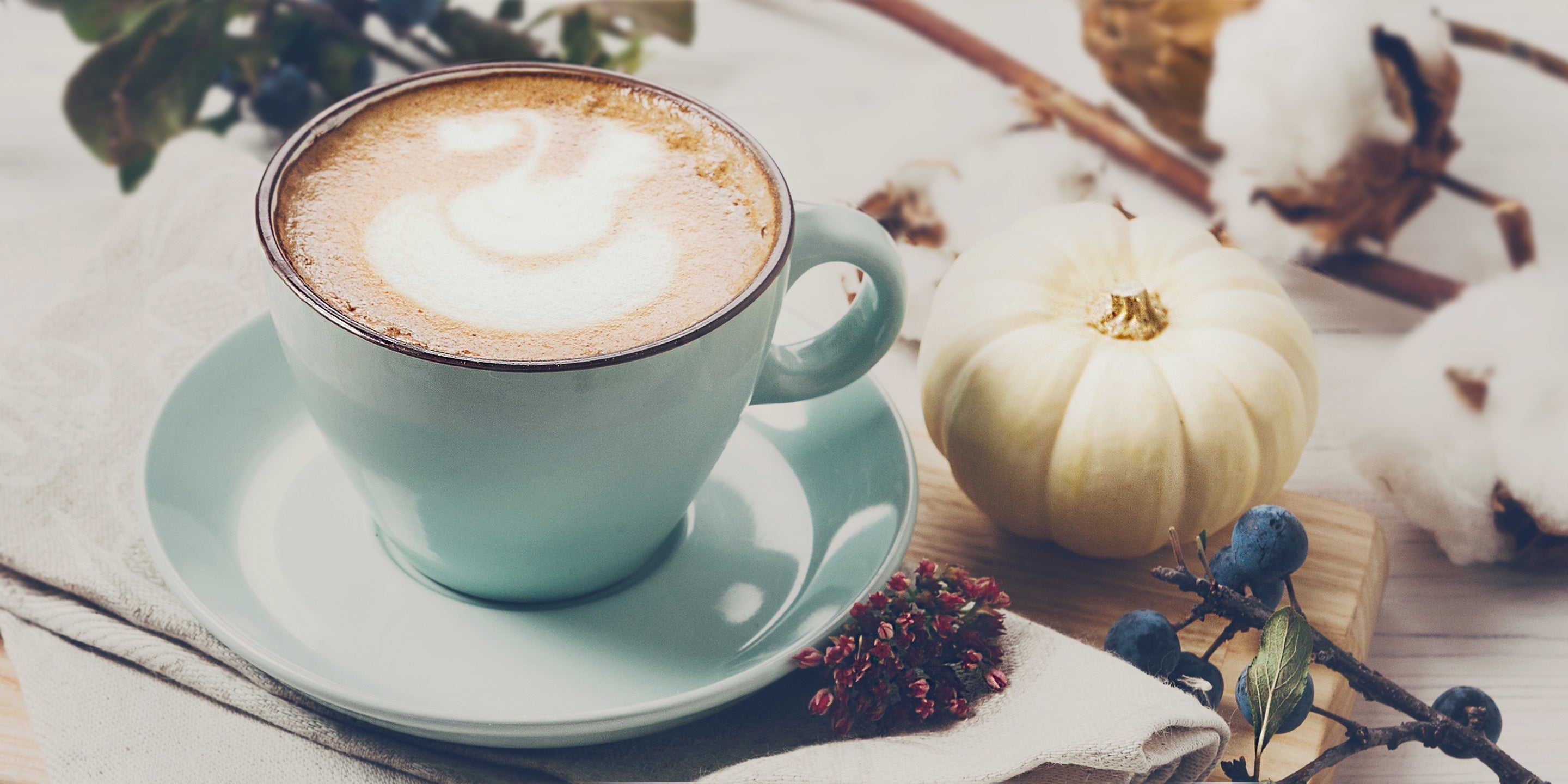
Tea Recipes
Pumpkin Spice Hot Latte
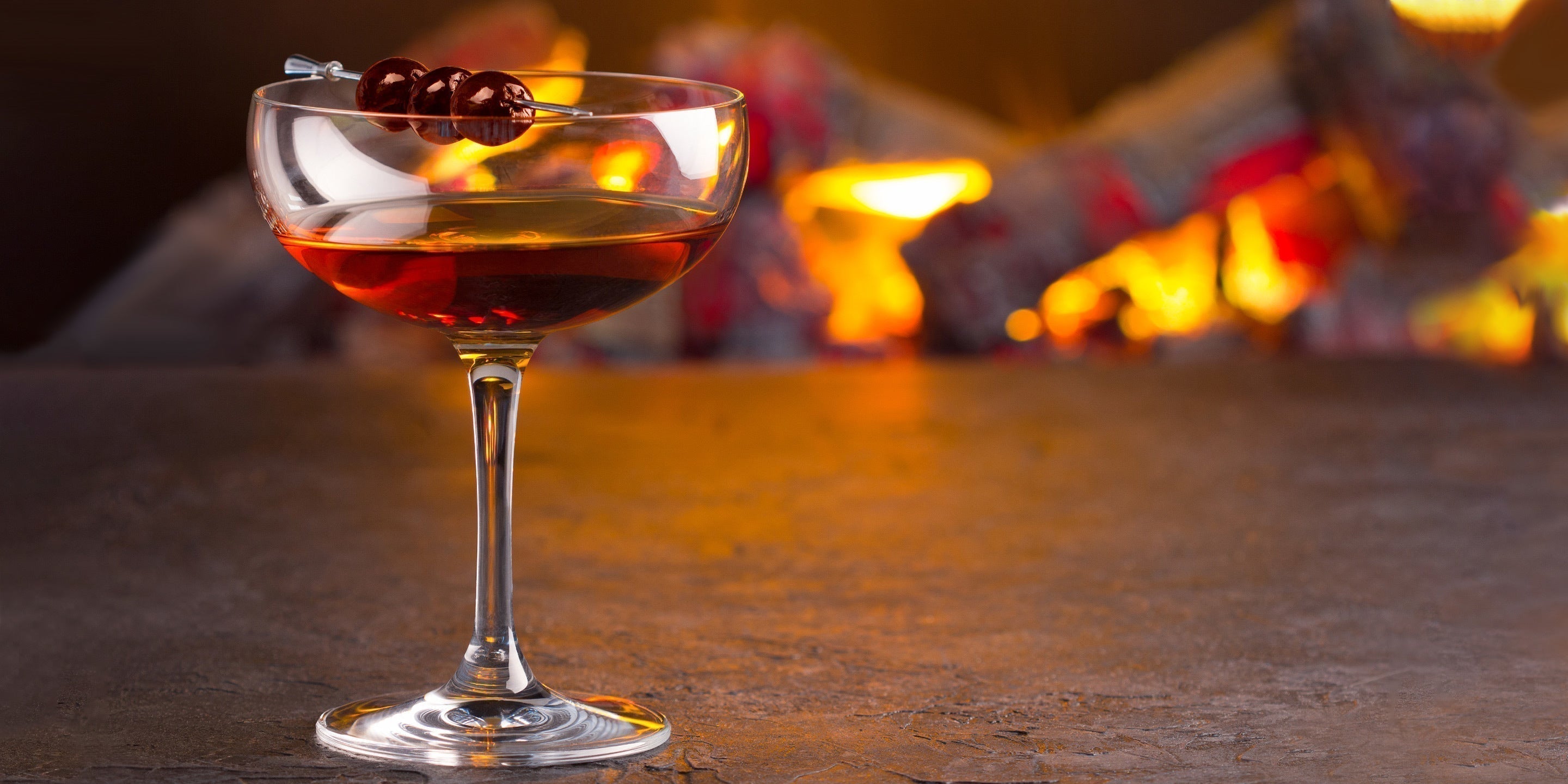
Cocktails & Mocktails
Pumpkin Spice Manhattan

Tea Recipes
Chocolate Fondue Hot Cocoa
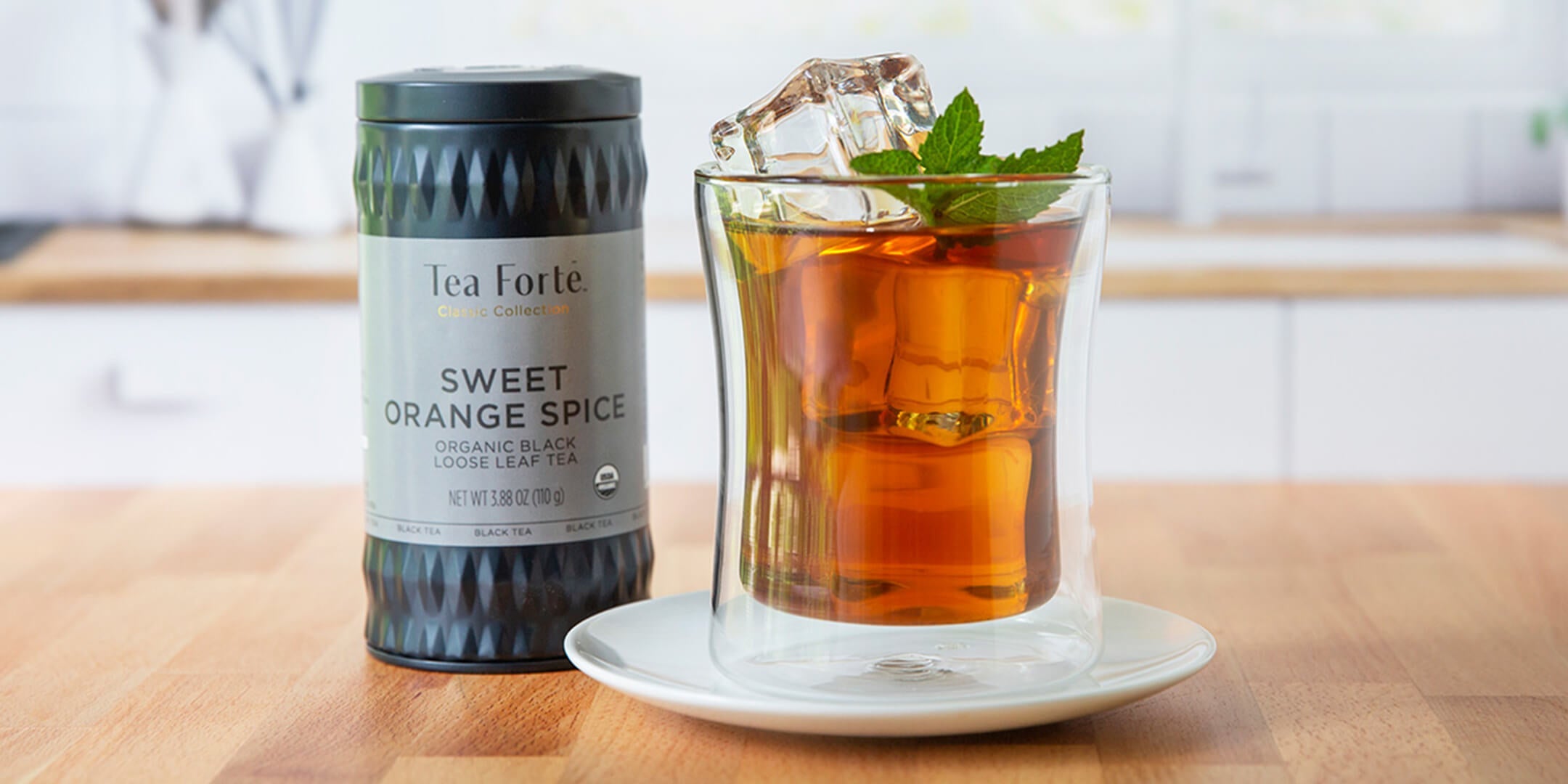
Discovering New Blends
Tea Blend Spotlight: Sweet Orange Spice
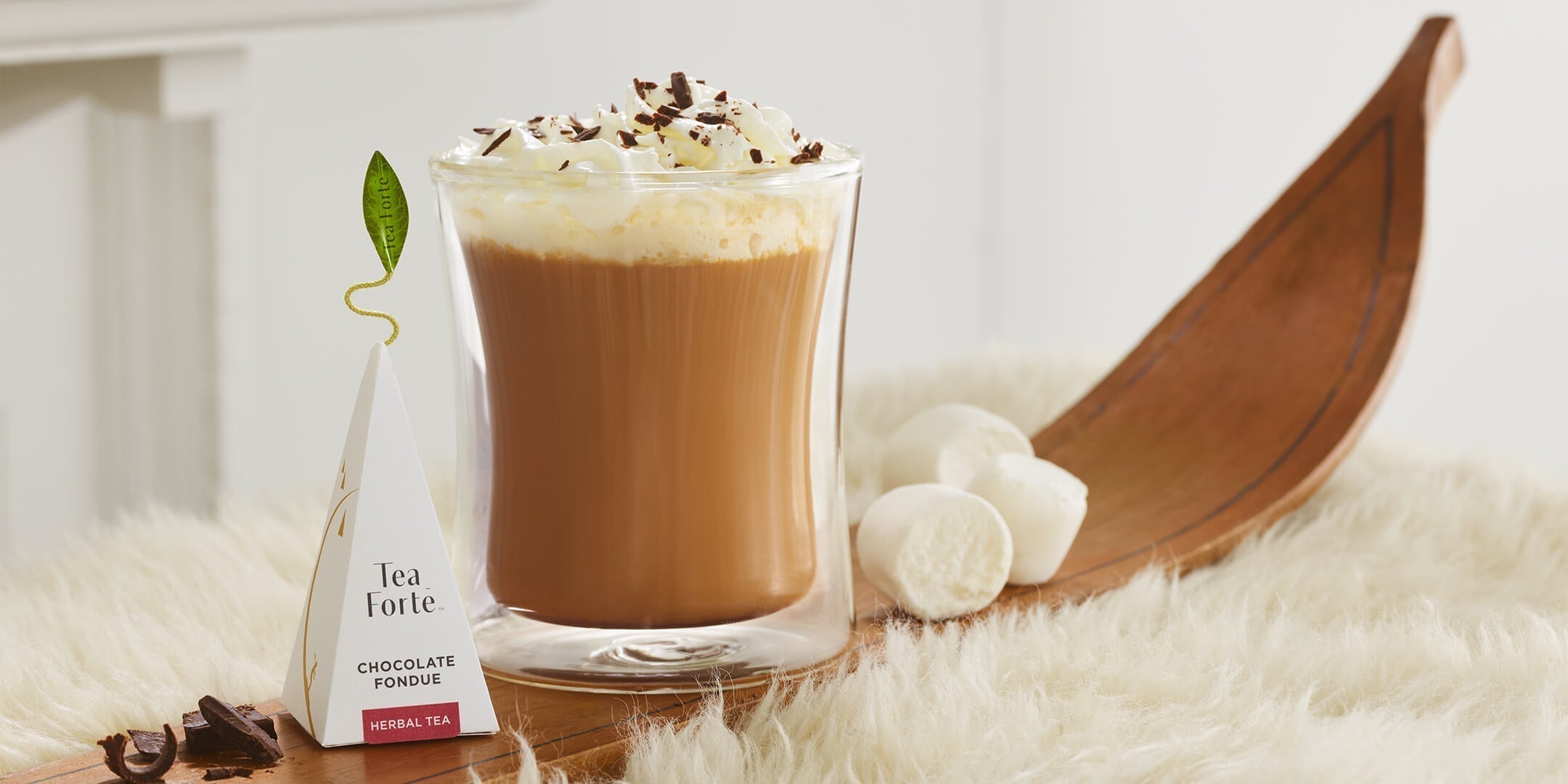
Discovering New Blends
Tea Blend Spotlight: Chocolate Fondue

Tea Preparation
How to make a chai latte

Tea Recipes
Citrus London Fog Latte
That hint of citrus is like the sun breaking through the clouds and clearing up that London fog.

Tea Recipes
Wildflower Honey Citrus Mojito
This fresh, floral twist on the Mojito, made with Wildflower Honey Citrus, is a simple (and delicious) way to make a statement with your tablescape.

Tea Recipes
Tropical Passion Flower Cupcakes with Buttercream Frosting
Making cupcakes with coconut milk infused with Tea Forté Tropical Passion Flower, well, that’s how one elevates the occasion to a whole new level!
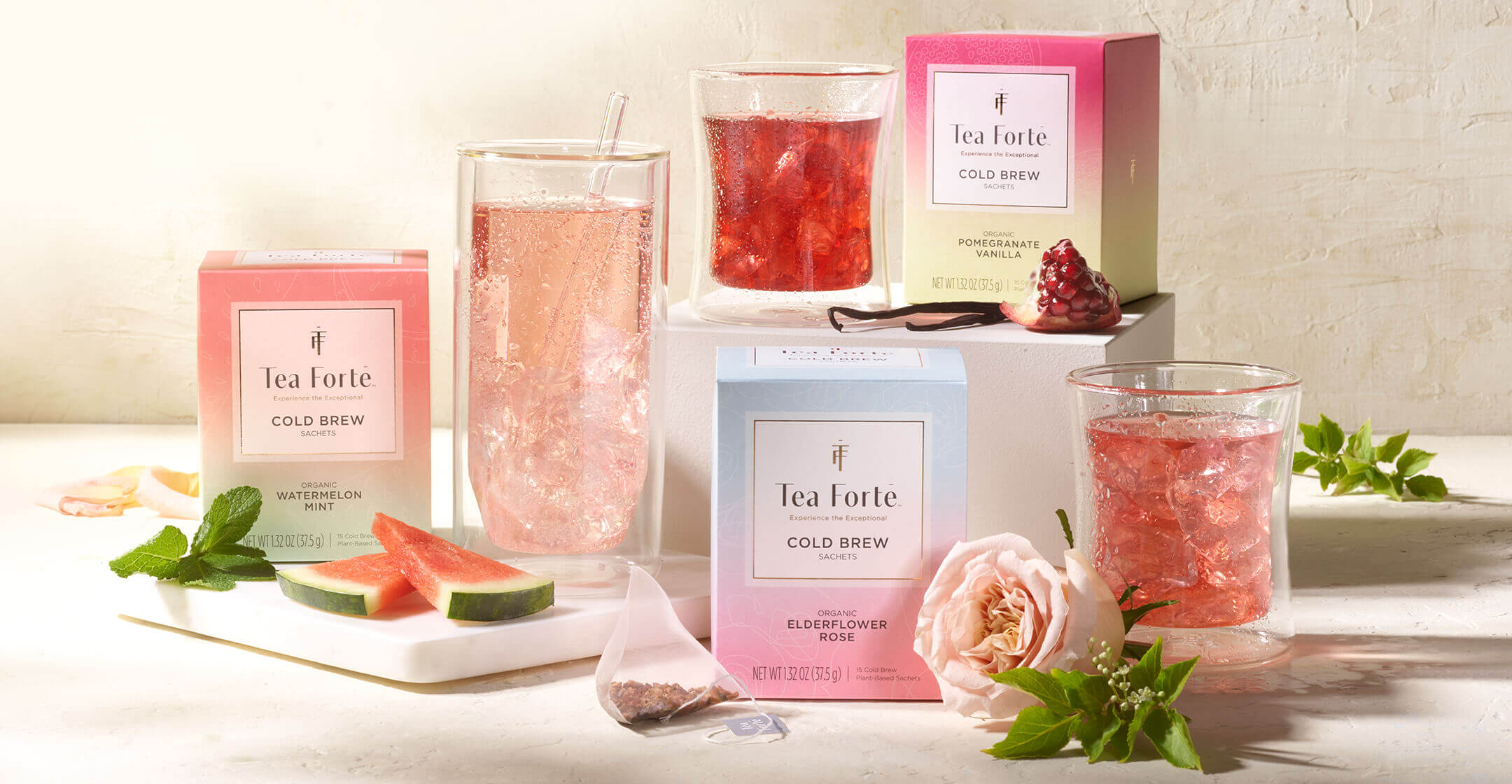
Discovering New Blends
Introducing Cold Brew
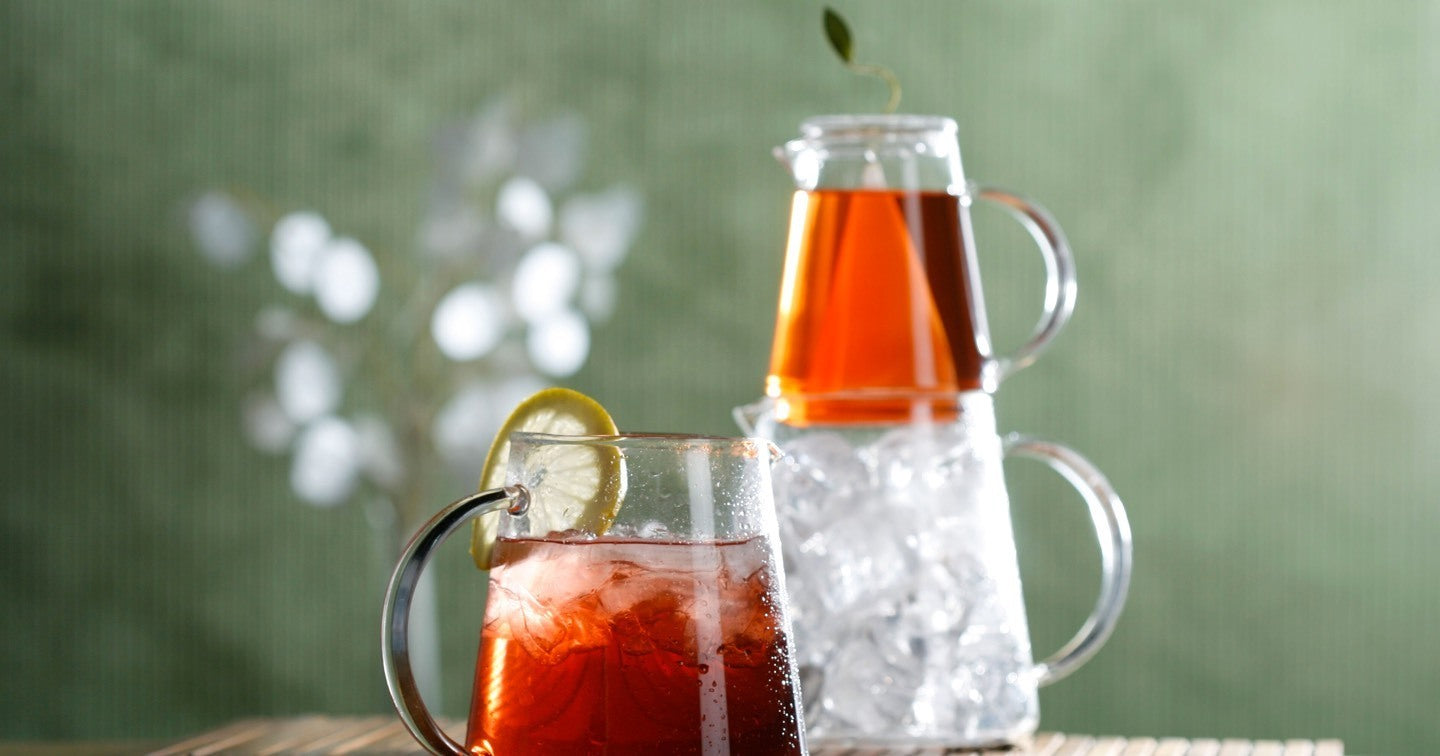
Tea Preparation
How to Make Iced Tea & Cold Brew
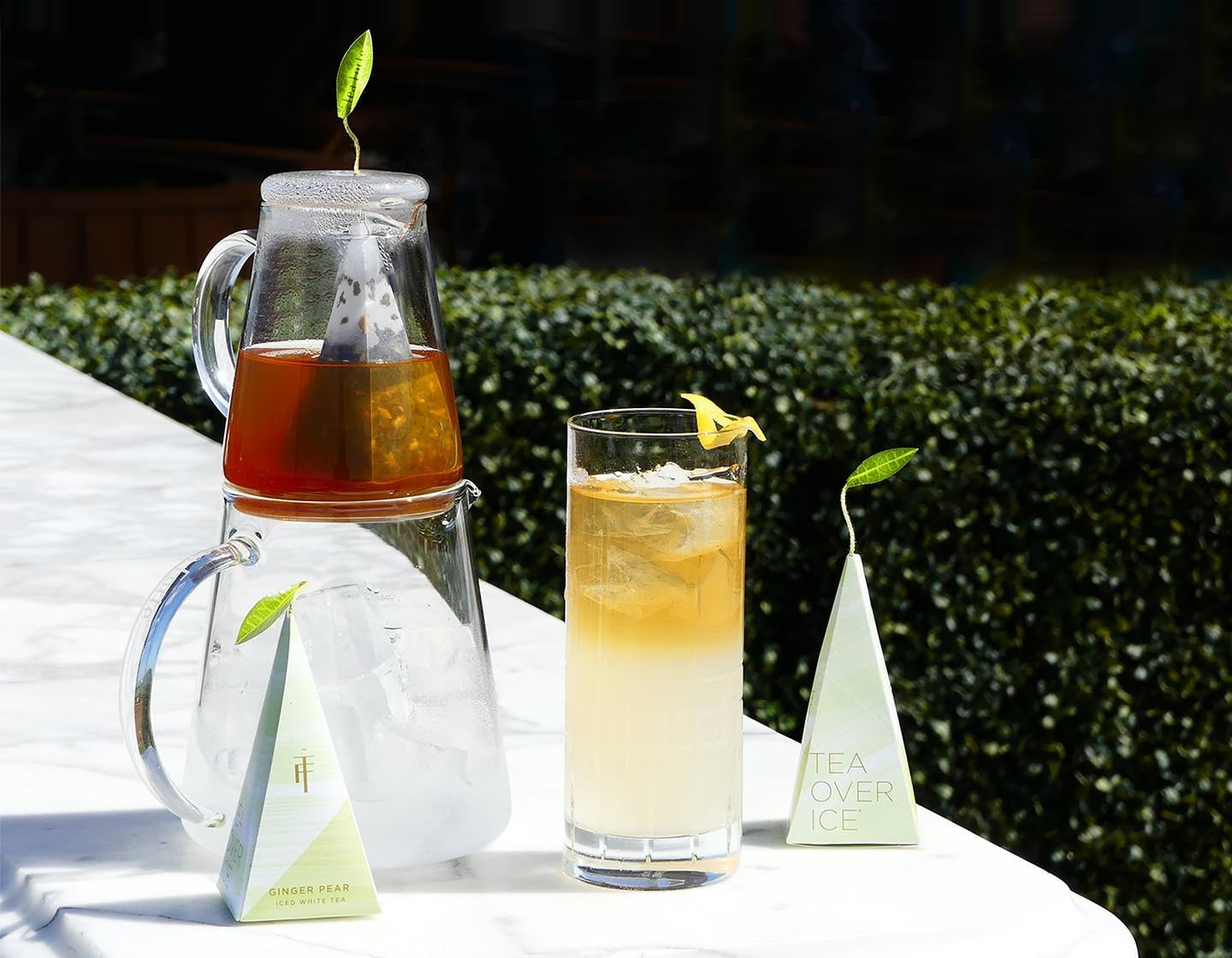
Cocktails & Mocktails
'The Peary Lane' Tipsy Tea Cocktail
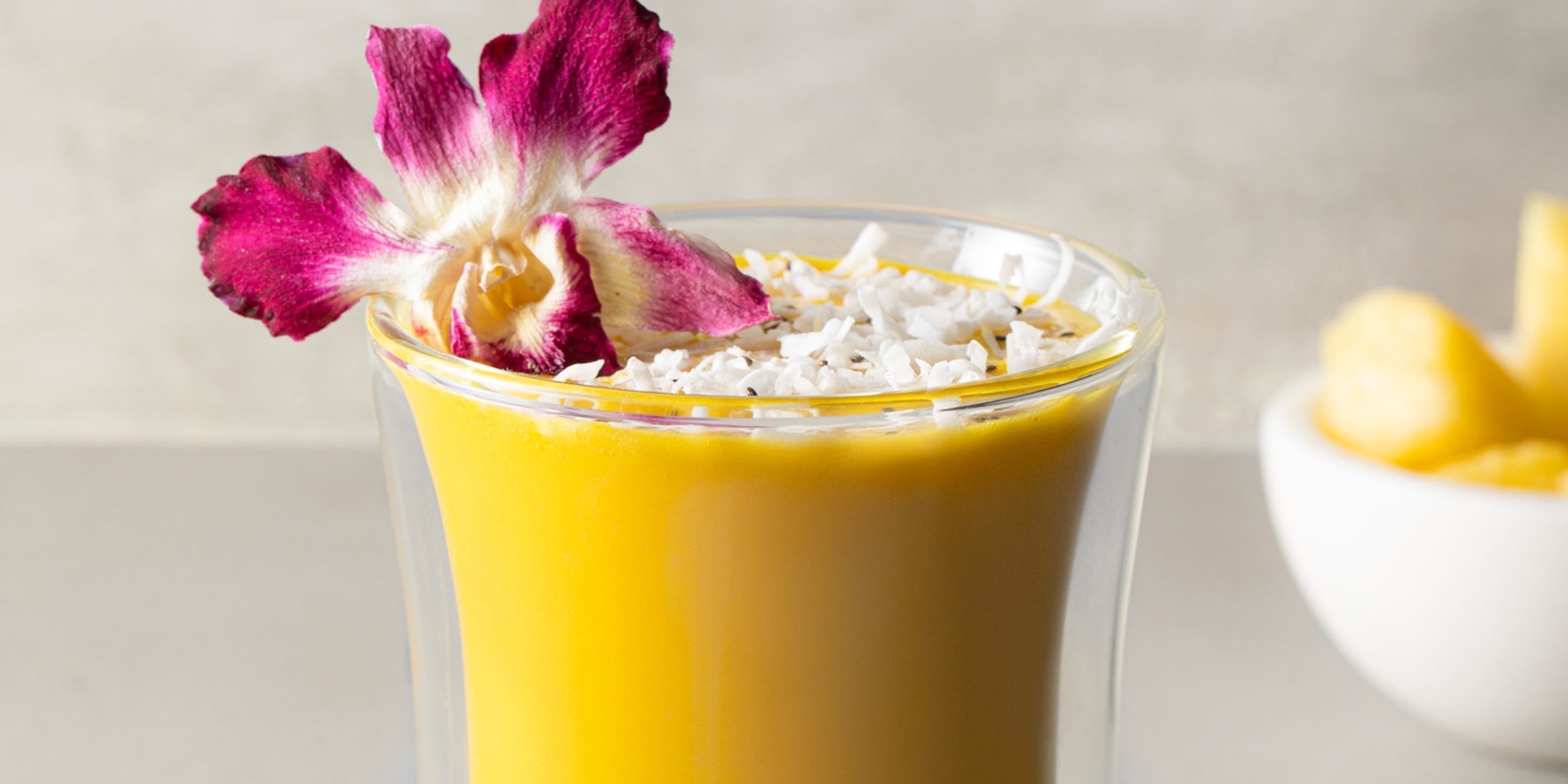
Tea Recipes
Tropical Turmeric Chai Smoothie
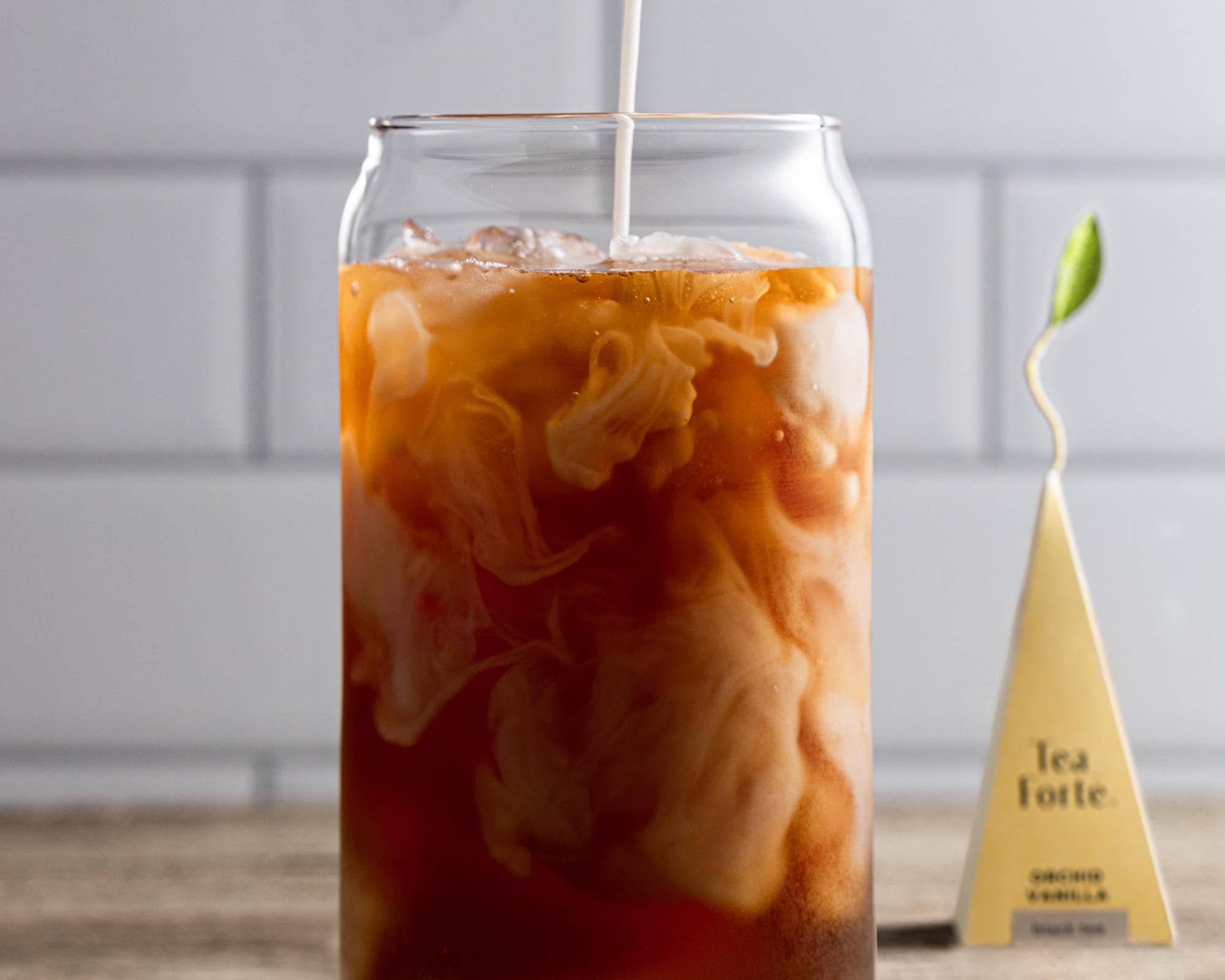
Tea Recipes
Orchid Vanilla Iced Latte
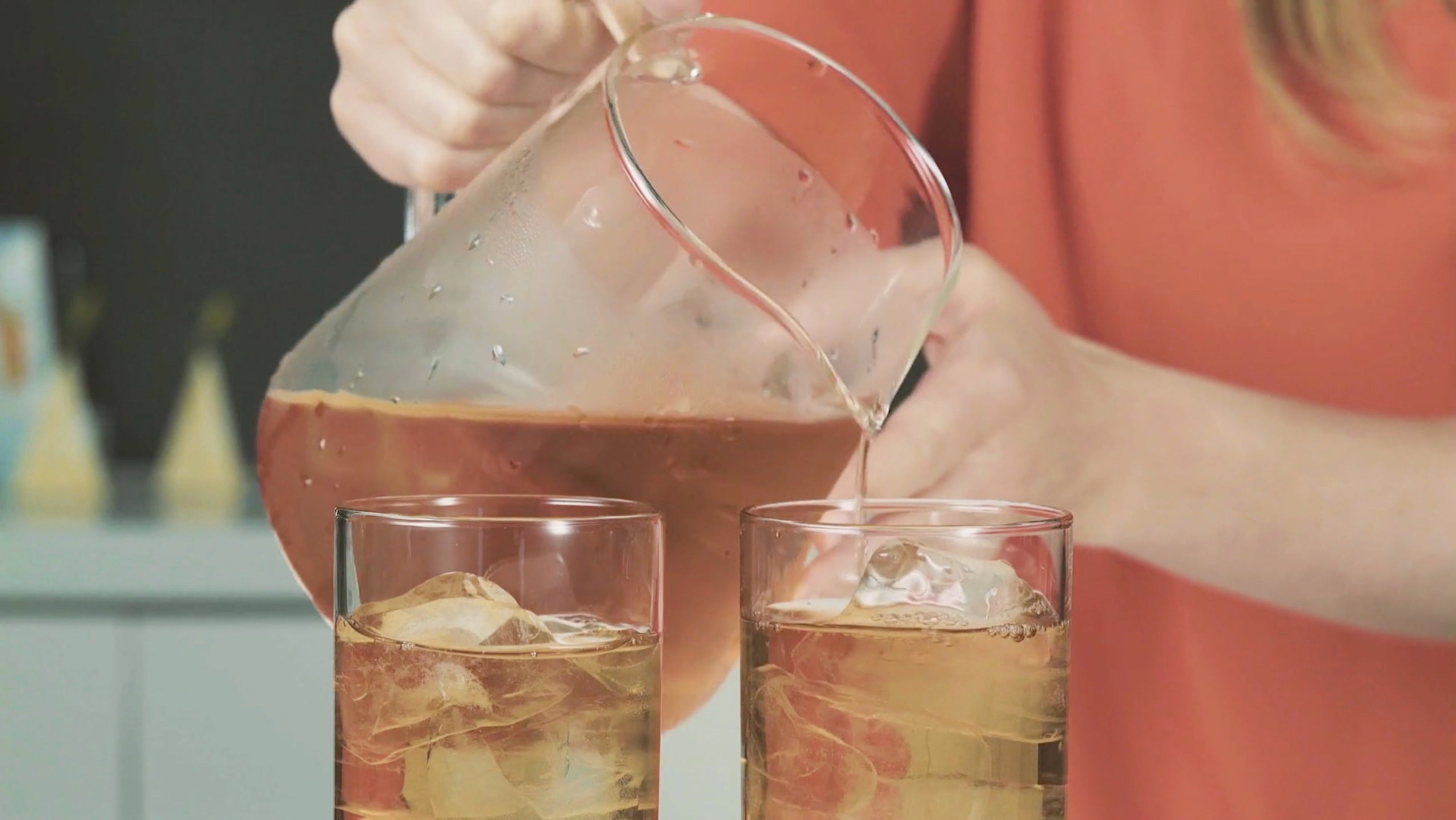
Tea Preparation
Tea Over Ice Pitcher Set: A Step-by-Step Guide

Tea Preparation
How to Make Iced Tea with Loose Tea
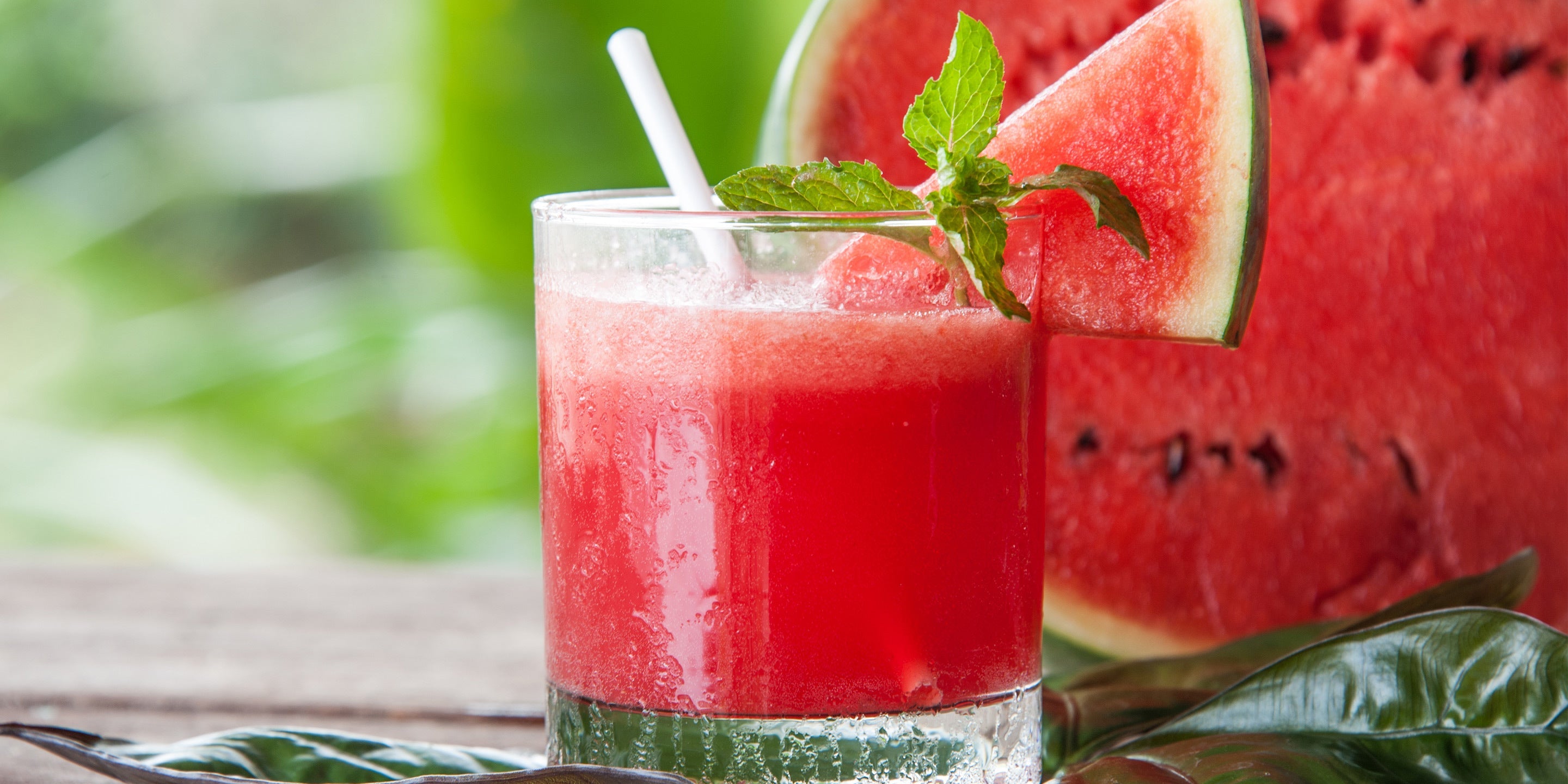
Tea Recipes
Raspberry Watermelon Iced Tea
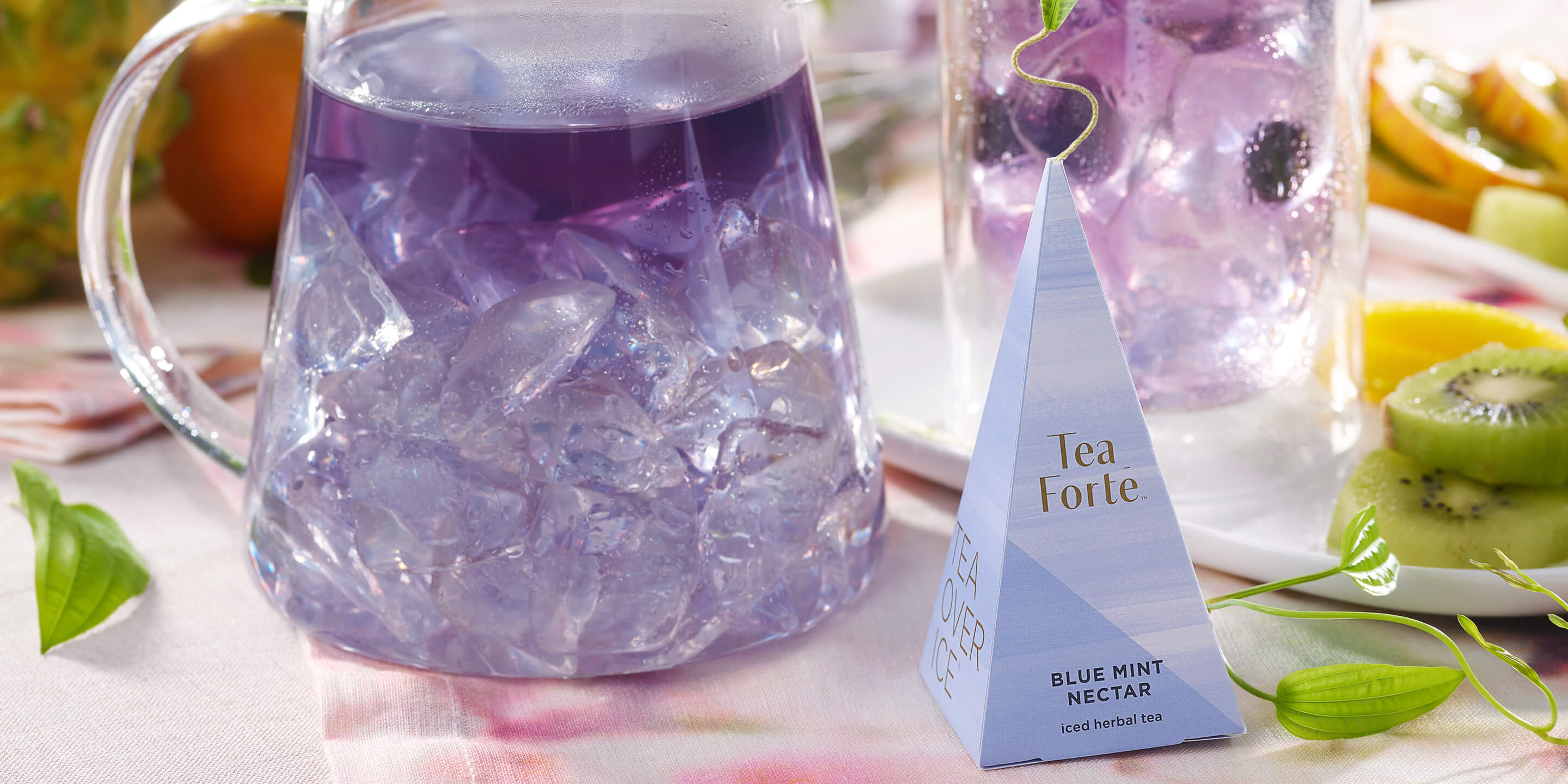
Discovering New Blends
Tea Blend Spotlight: Blue Mint Nectar Iced Tea
A naturally-blue herbal iced tea is an invigorating summer treat.
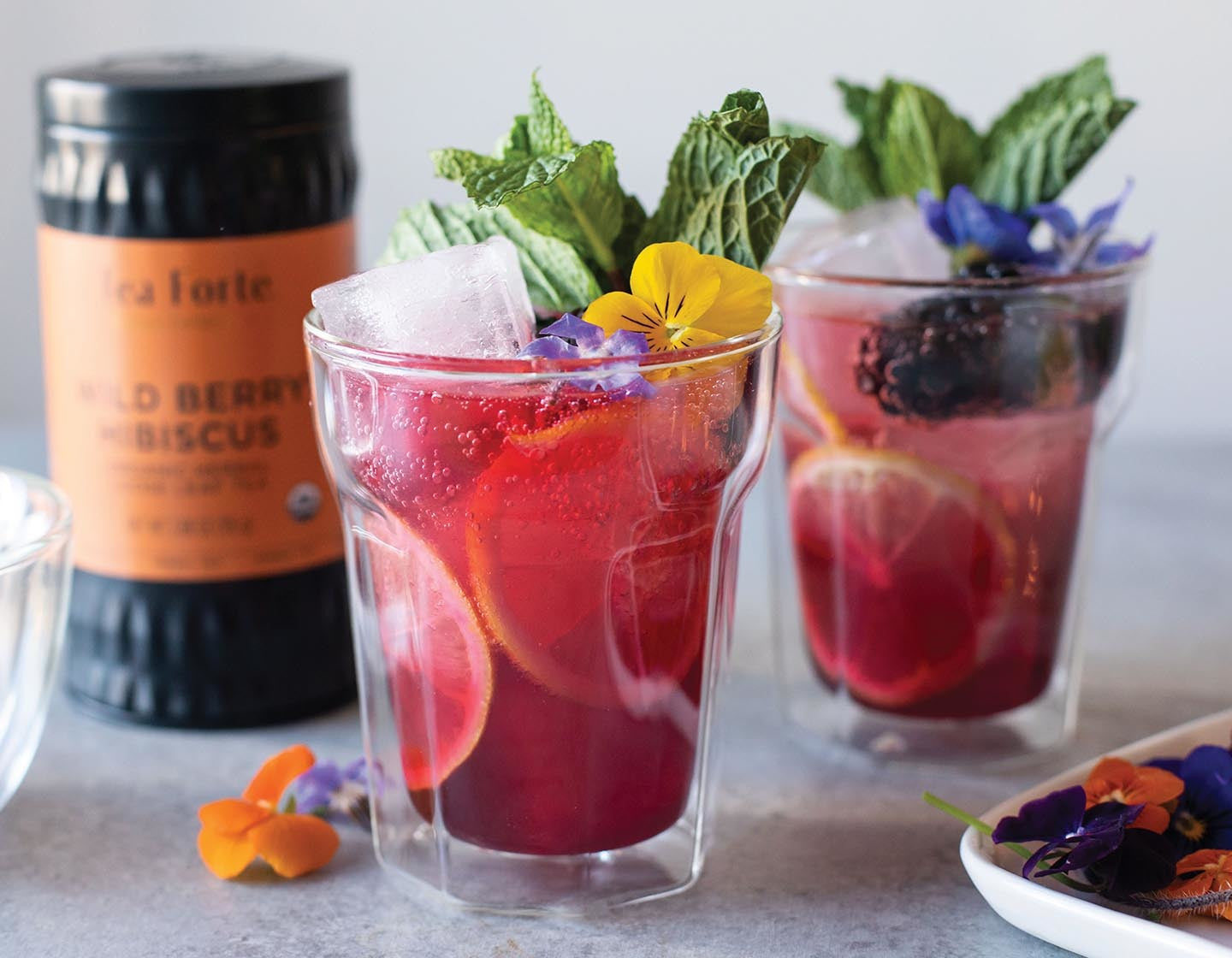
Tea Recipes
Wild Berry Hibiscus Spritzer
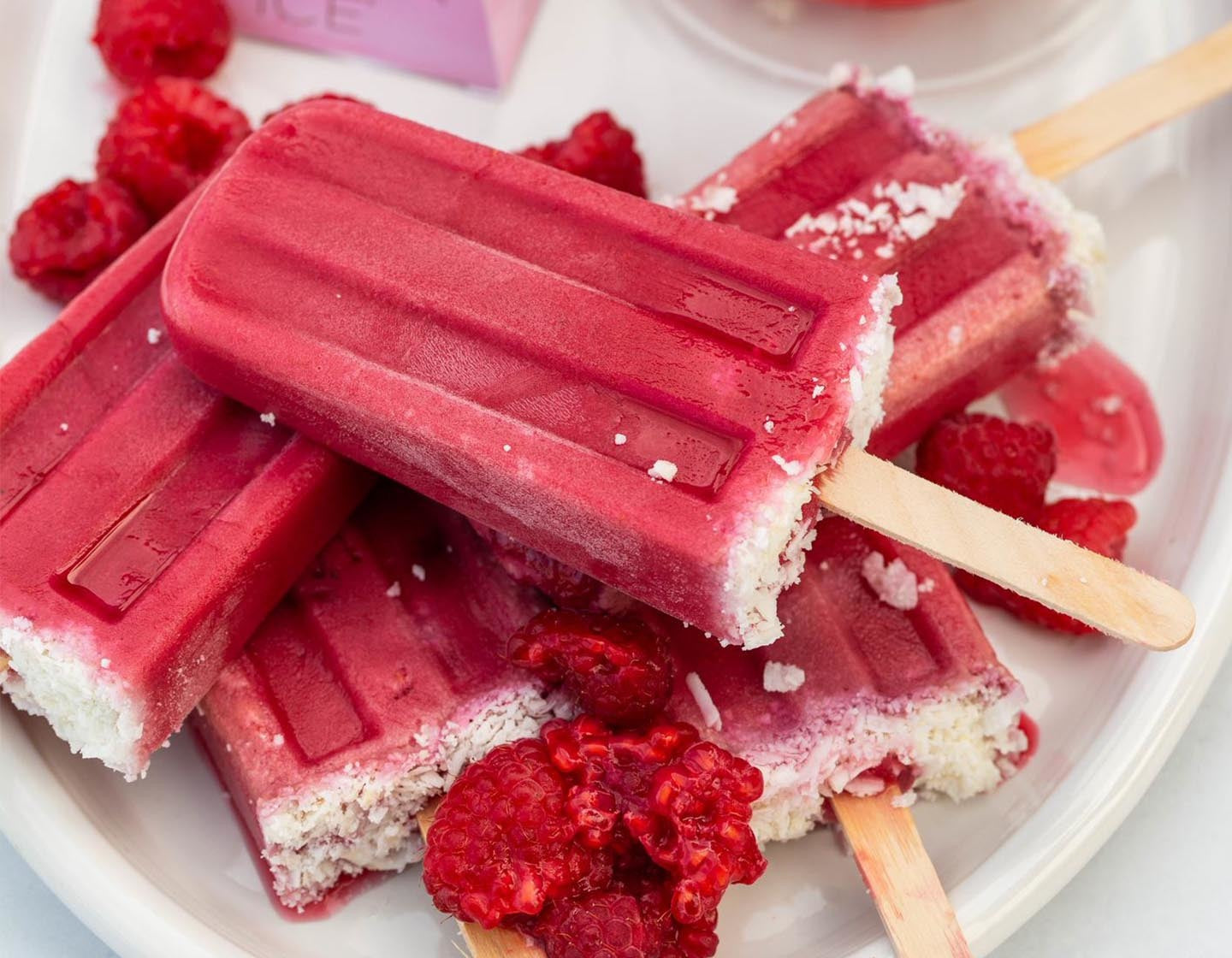
Tea Recipes
Raspberry Coconut Tea Popsicles
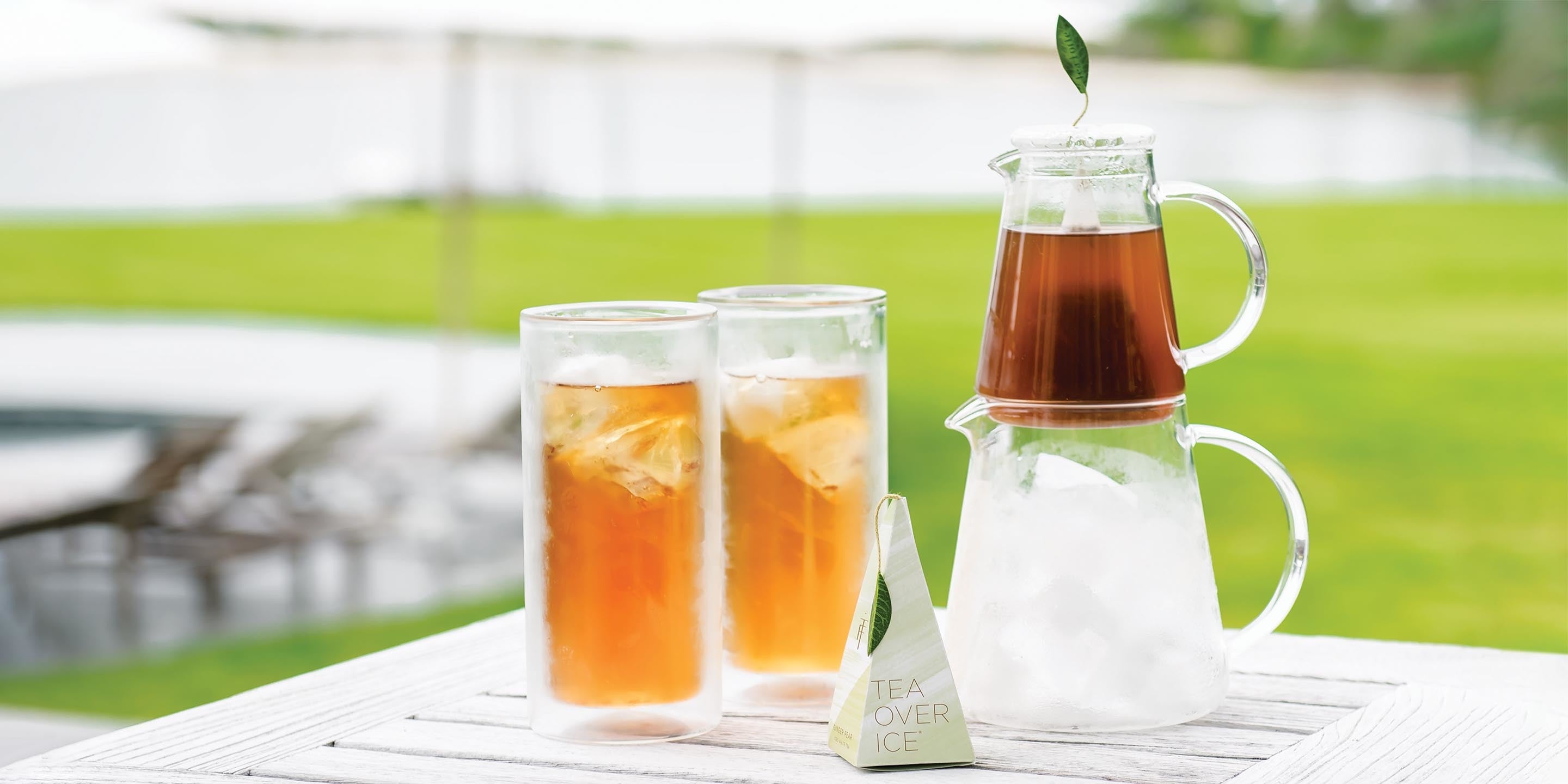
Tea Preparation
Iced Tea in a Flash
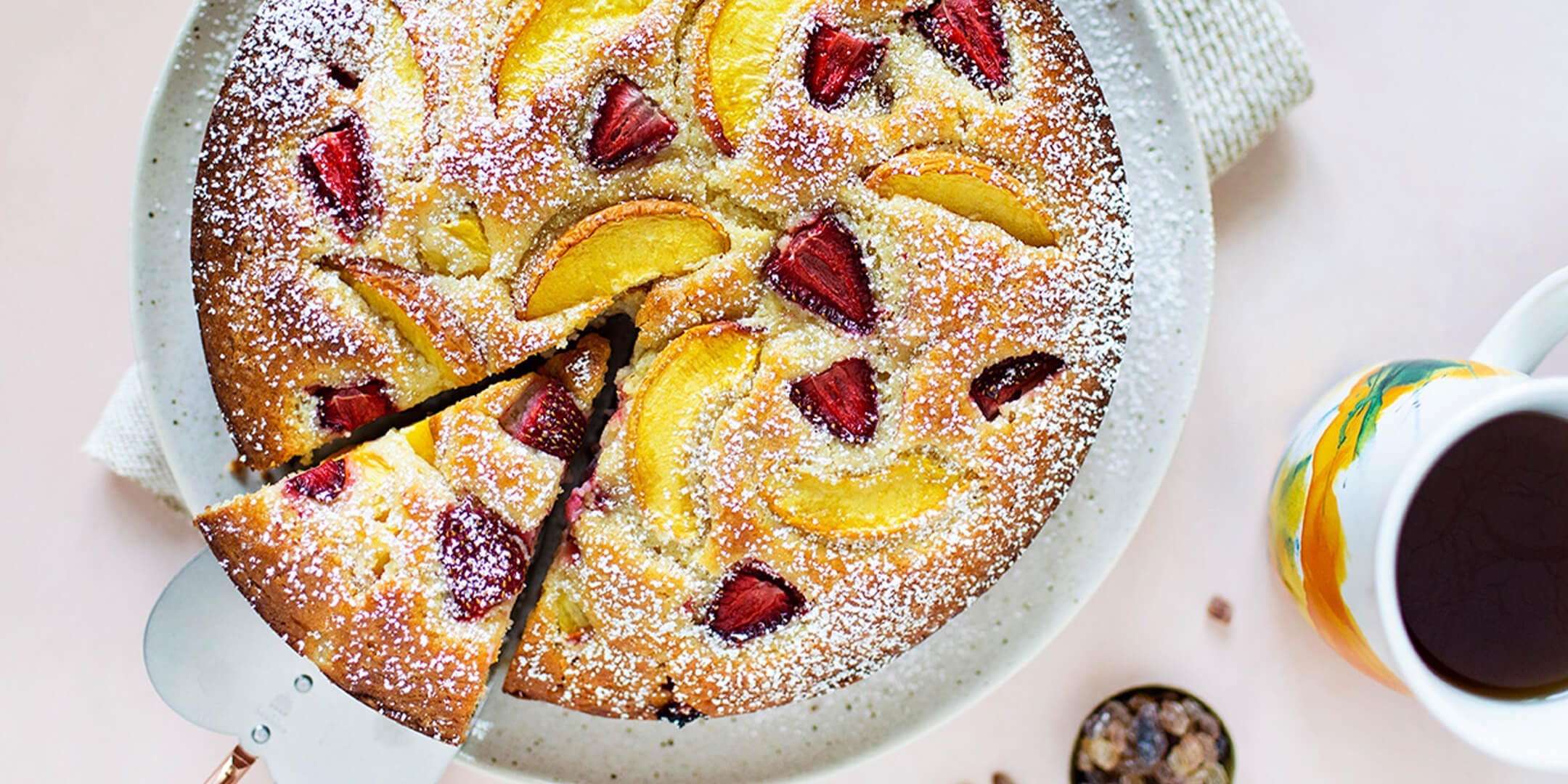
Tea Recipes
Peach Blossom & Strawberry Ricotta Cake
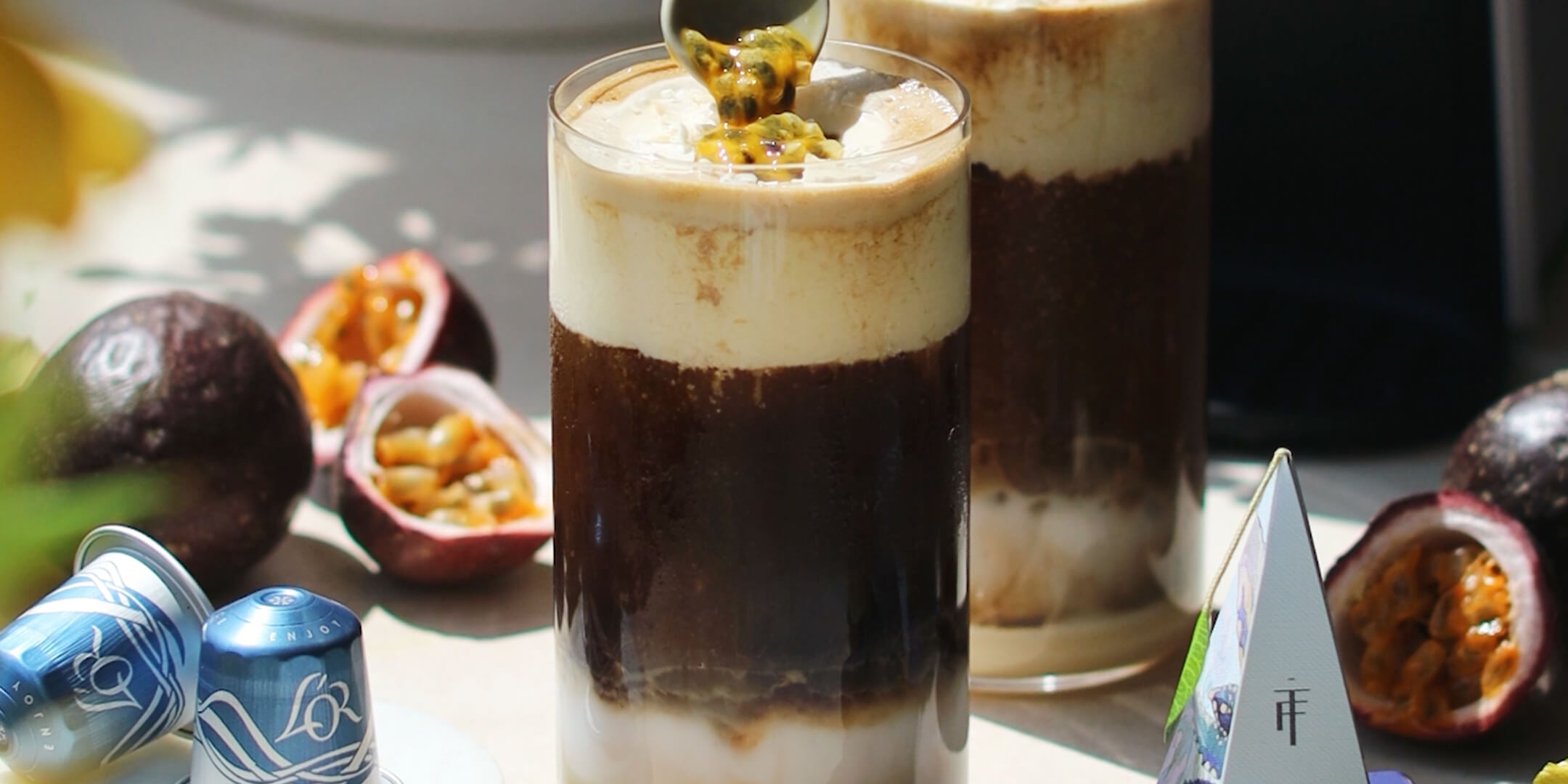
Tropical Passion Coconut Cloud Iced Coffee
The perfect summer sip, made with L’OR Iced Coffee and a homemade simple syrup made with Tea Forté's Tropical Passion Flower tea.
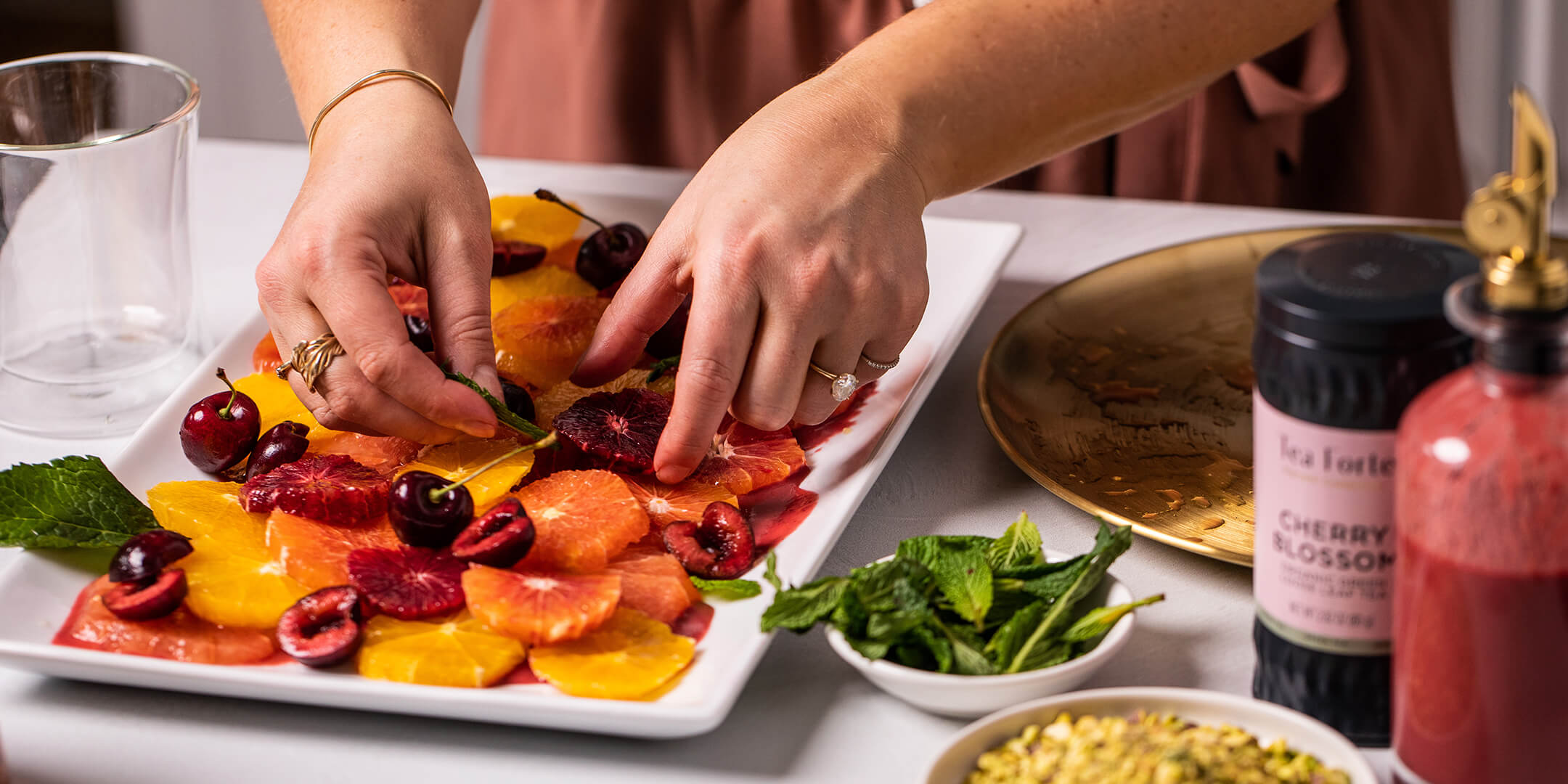
Tea Recipes
Citrus Salad & Cherry Blossom Vinaigrette
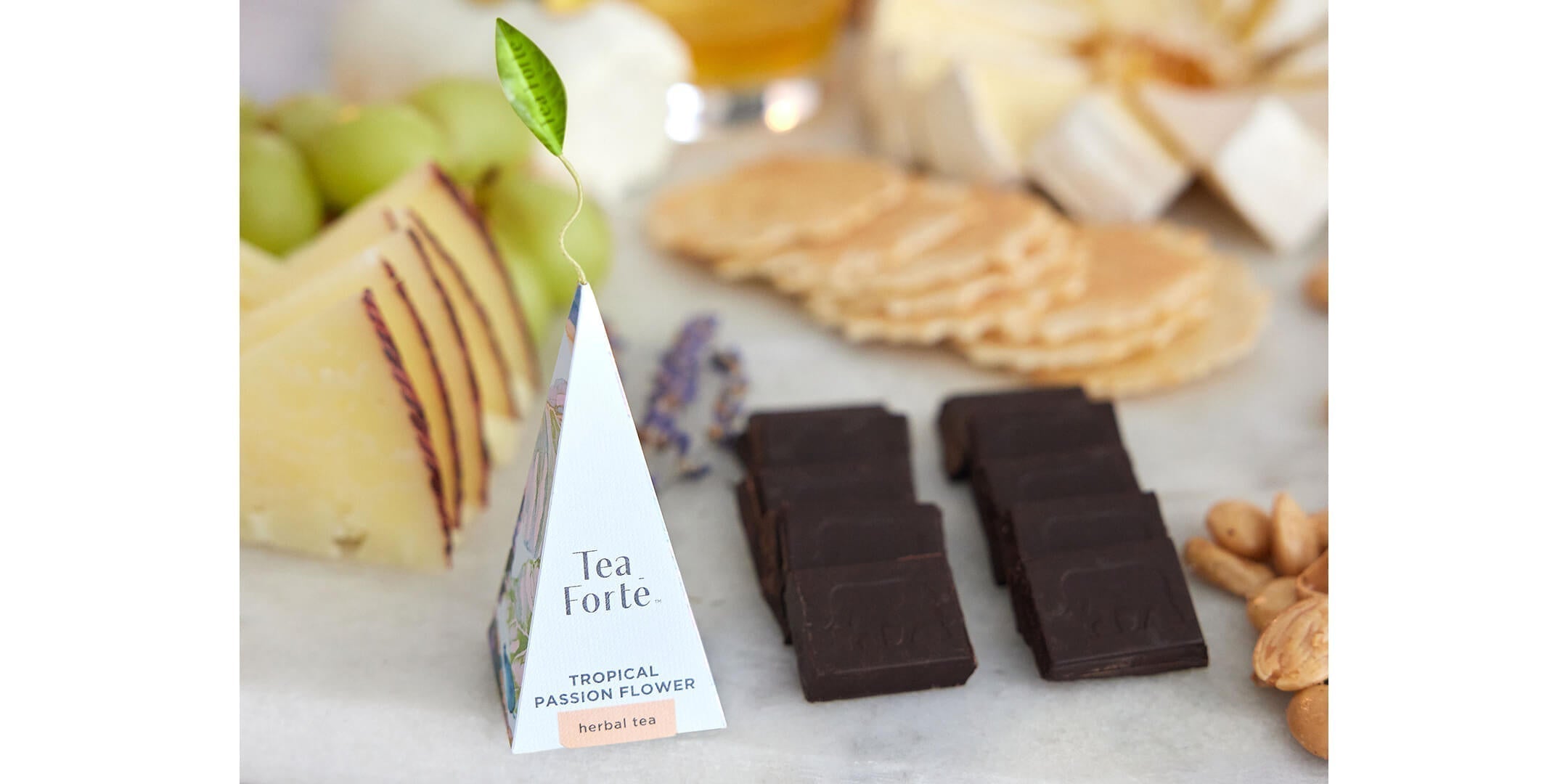
Tea Recipes
Demoiselle + Charcuterie Board Tea Paring
Pairing tea with various foods is a great way to take your dining experience to the next level.
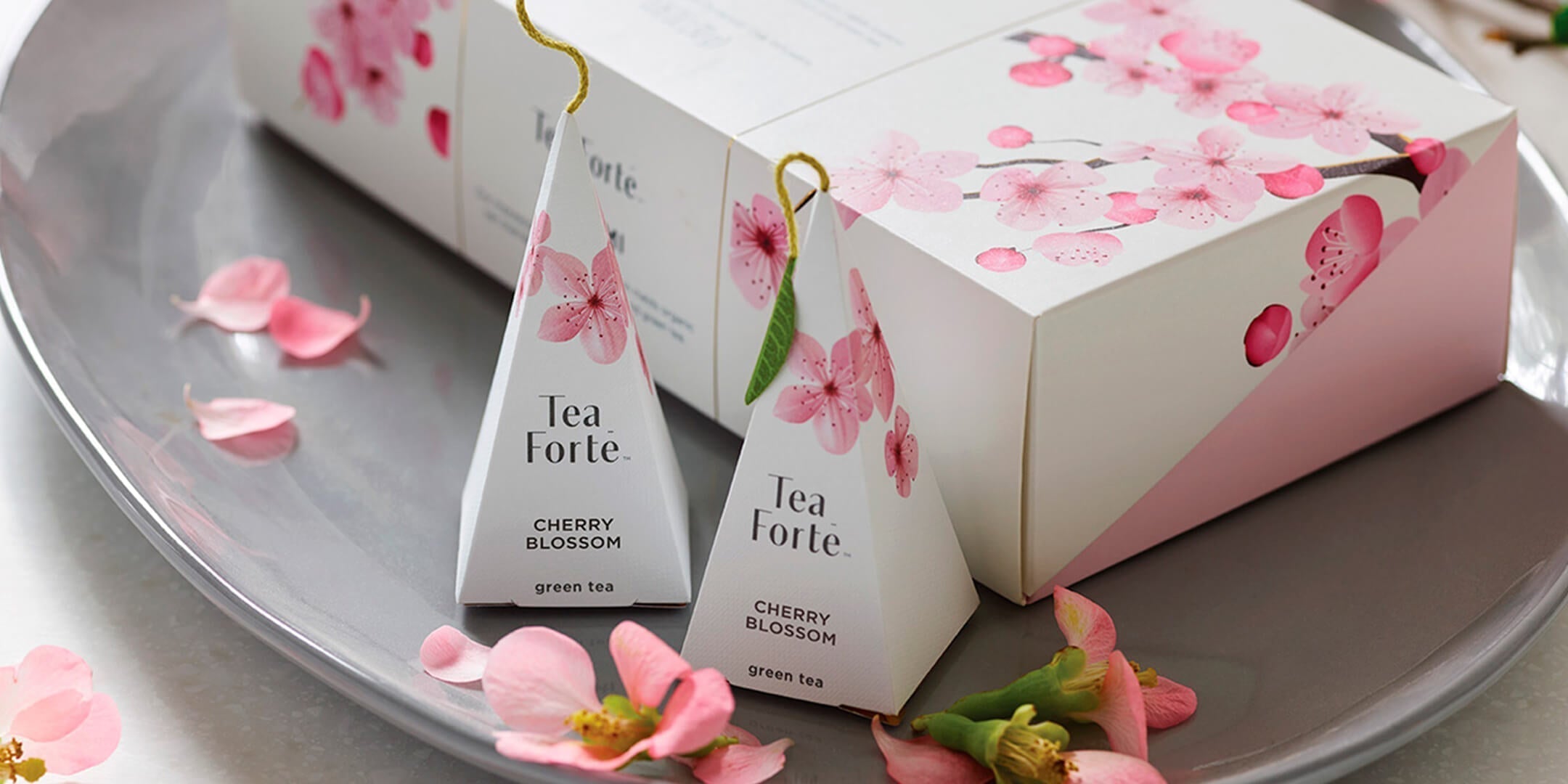
Discovering New Blends
Tea Blend Spotlight: Cherry Blossom
Tea Forté's organic Cherry Blossom loose tea blend & the Hanami Collection celebrate the delicate fragrances and flavors of sweet cherries, flower petals, and green tea leaves.
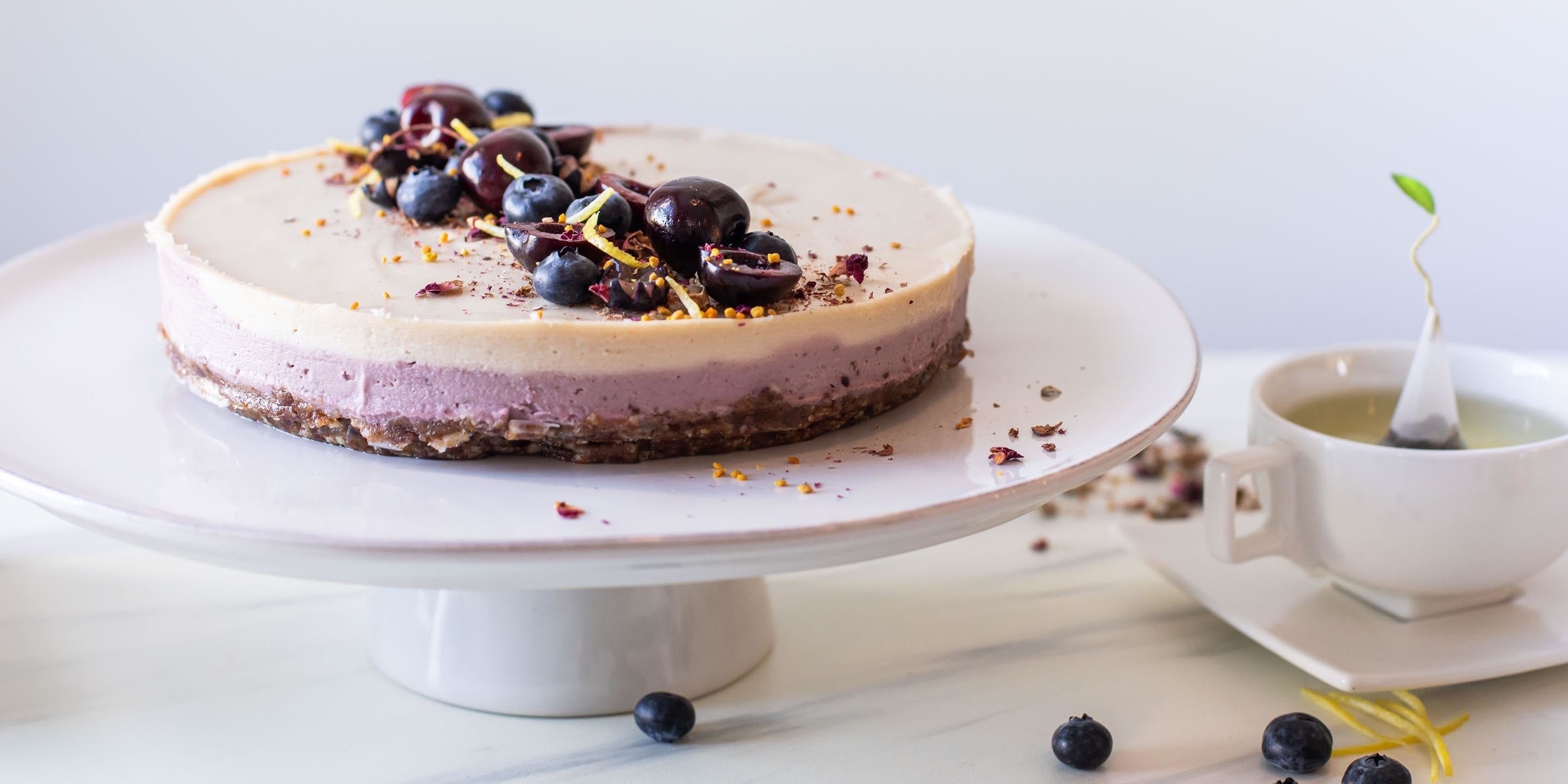
Tea Recipes
Cherry Blossom Cashew Cheesecake
Who doesn’t love a dessert that’s guilt-free? Try this vegan cheesecake that is as nutritious as it is delicious.
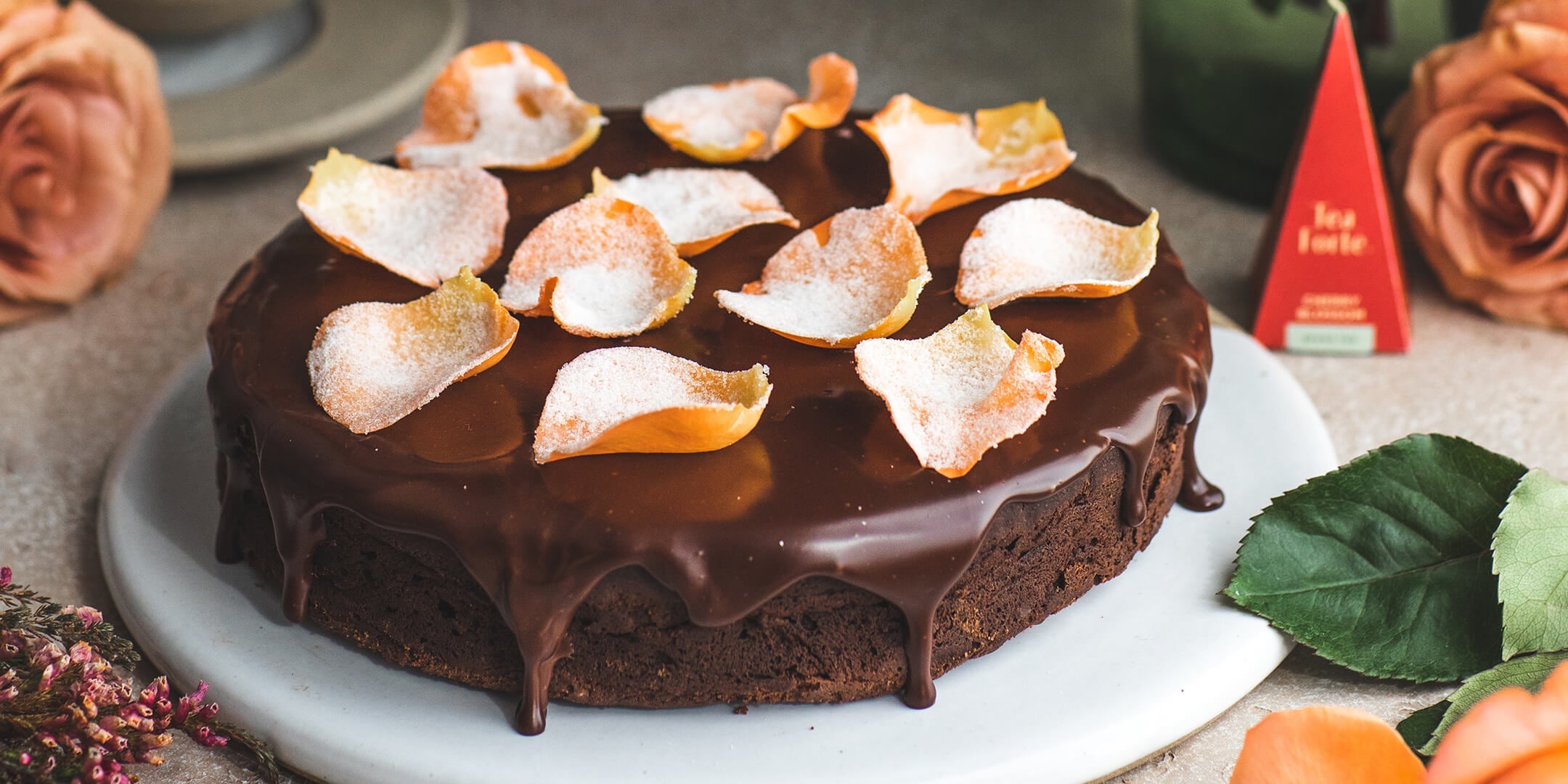
Tea Recipes
Cherry Blossom Infused Chocolate Torte
This flourless chocolate torte is rich and decadent with its truffle-like texture and silken ganache topping infused with subtle floral notes of Cherry Blossom green tea.
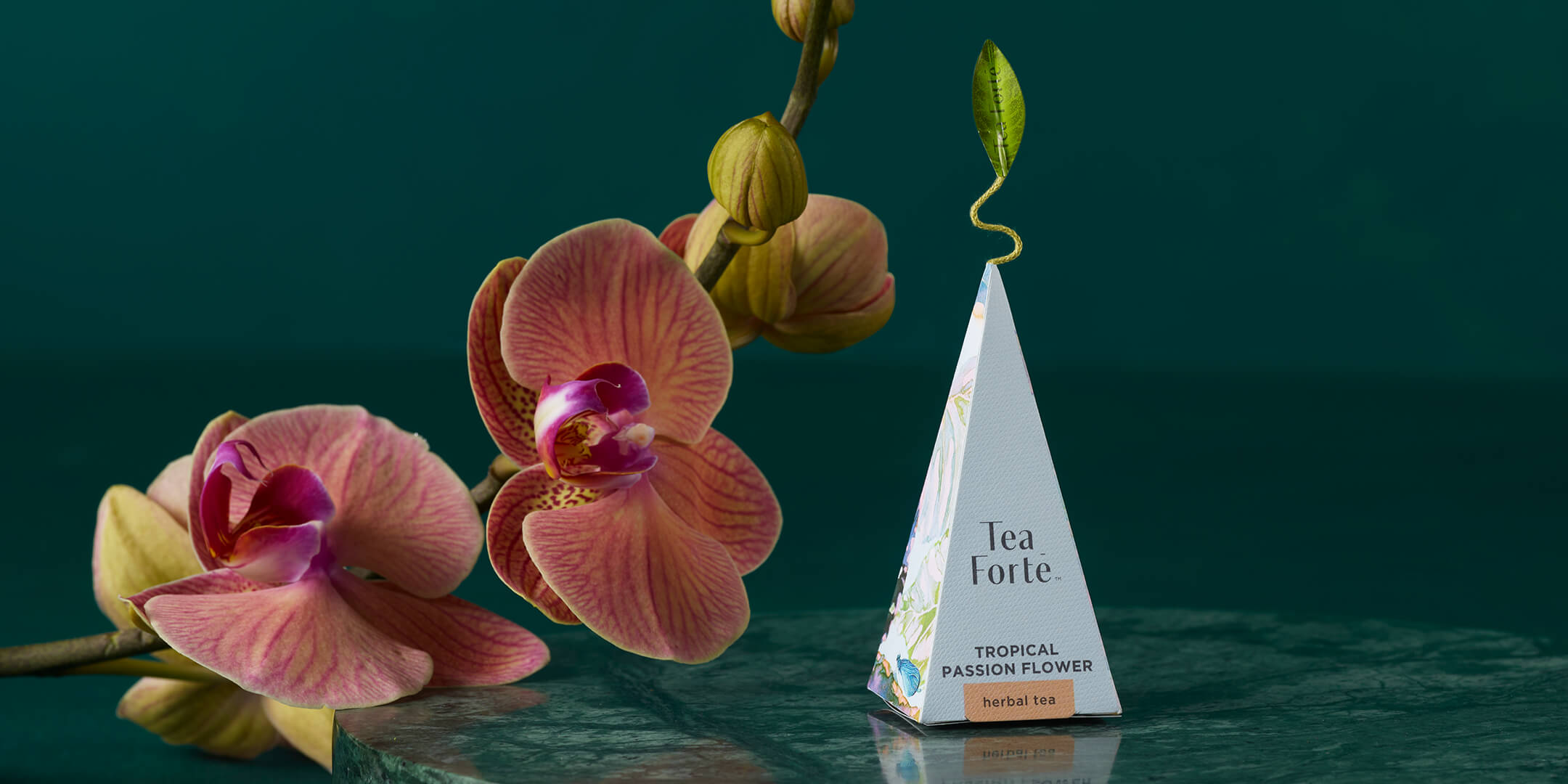
Tea Blend Spotlight: Tropical Passion Flower
Escape to the tropics with a delectable tea blend featuring layered notes of passionfruit, coconut, and refreshing lemongrass
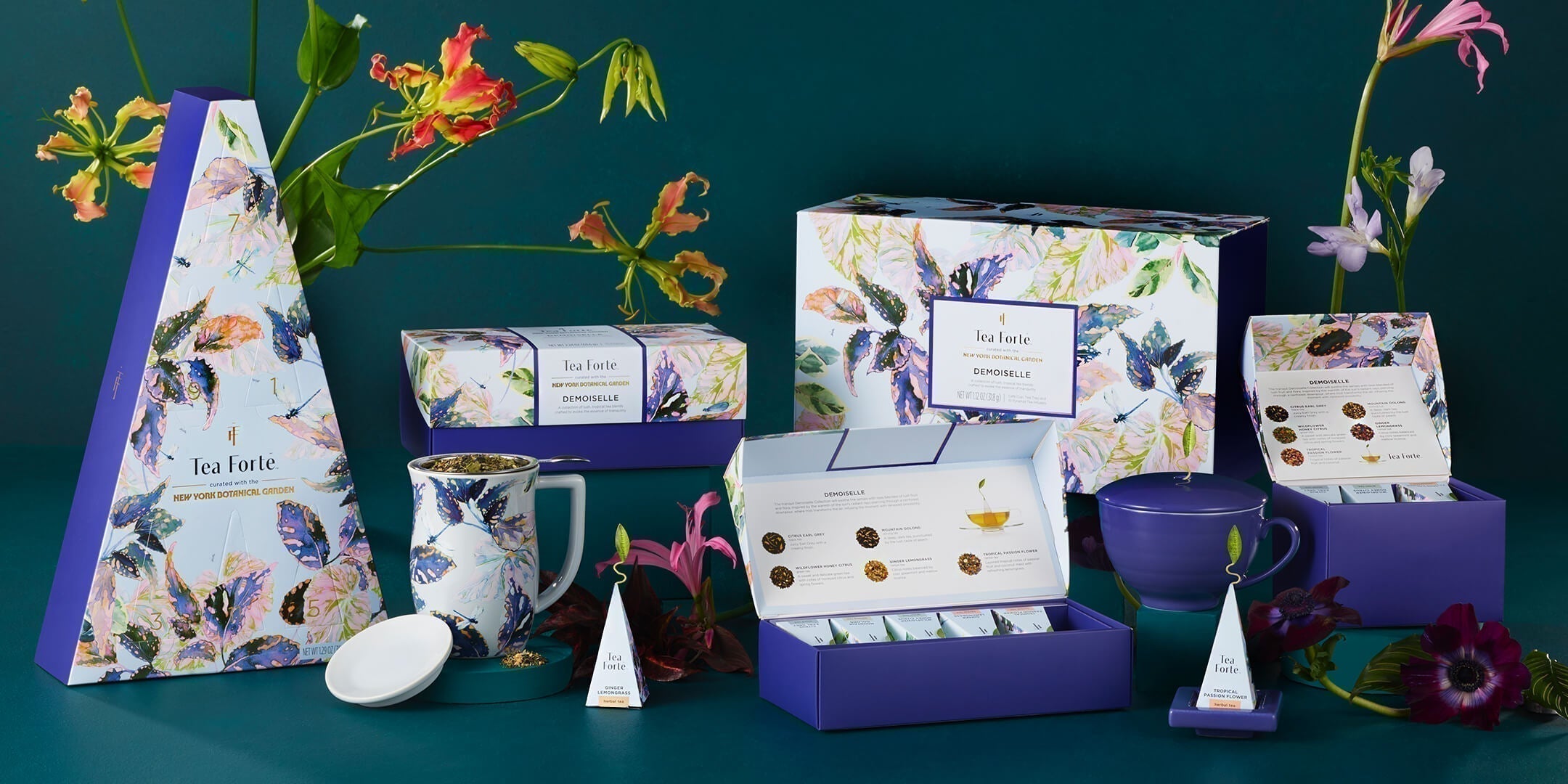
Discovering New Blends
Introducing the Demoiselle Collection
Our latest collaboration with The New York Botanical Garden, The Demoiselle Collection, a soothing assortment of lush, tropical tea blends crafted to evoke the essence of tranquility.

Discovering New Blends
Behind the Scenes: Collaborating with The New York Botanical Garden
Much like a well-tended garden, the right partnership just keeps blooming year after year.
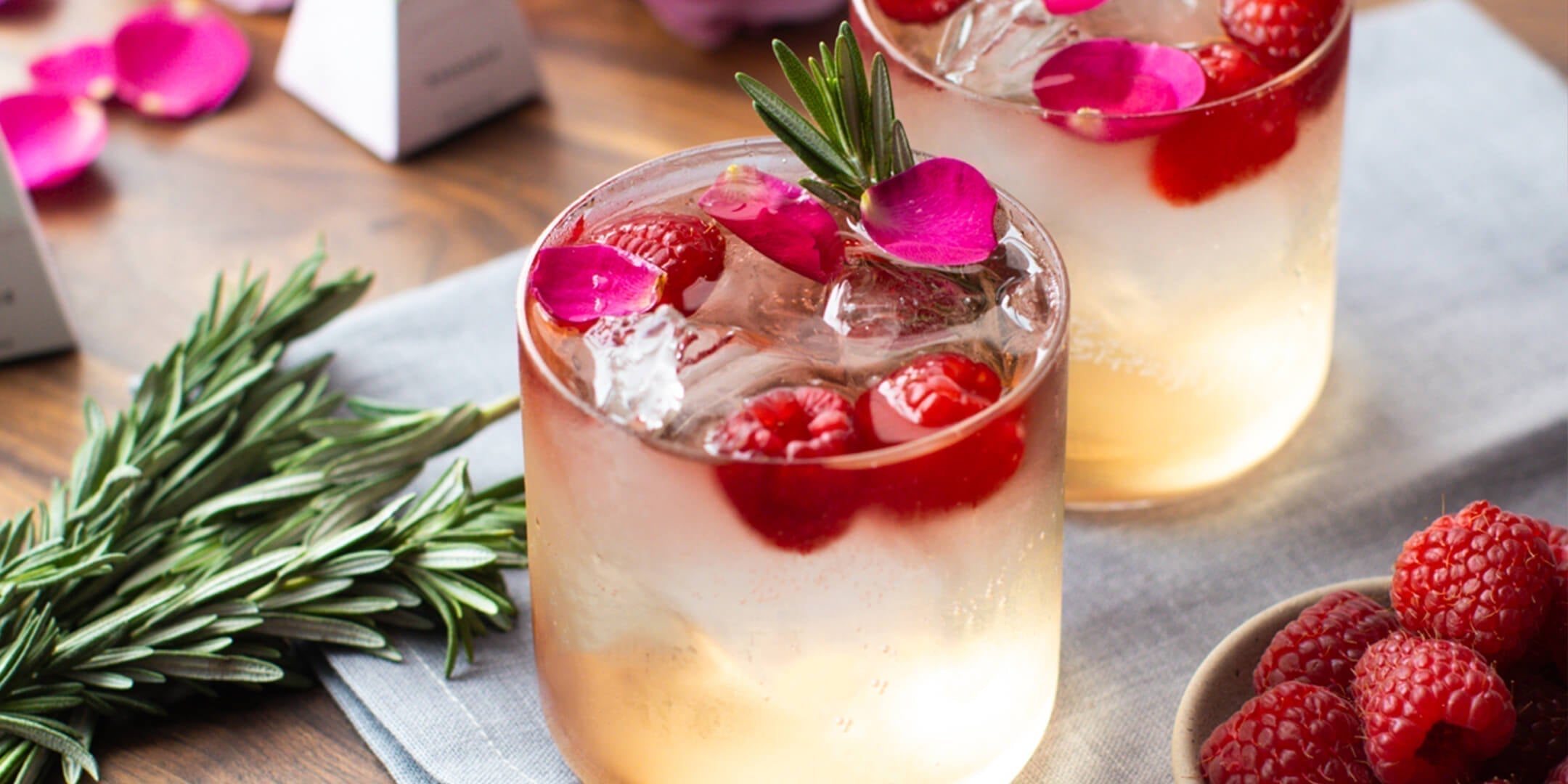
Cocktails & Mocktails
Sparkling Love Affair

Discovering New Blends
Tea Blend Spotlight: Mountain Oolong
A rare, lush tea sourced with expertise and care.
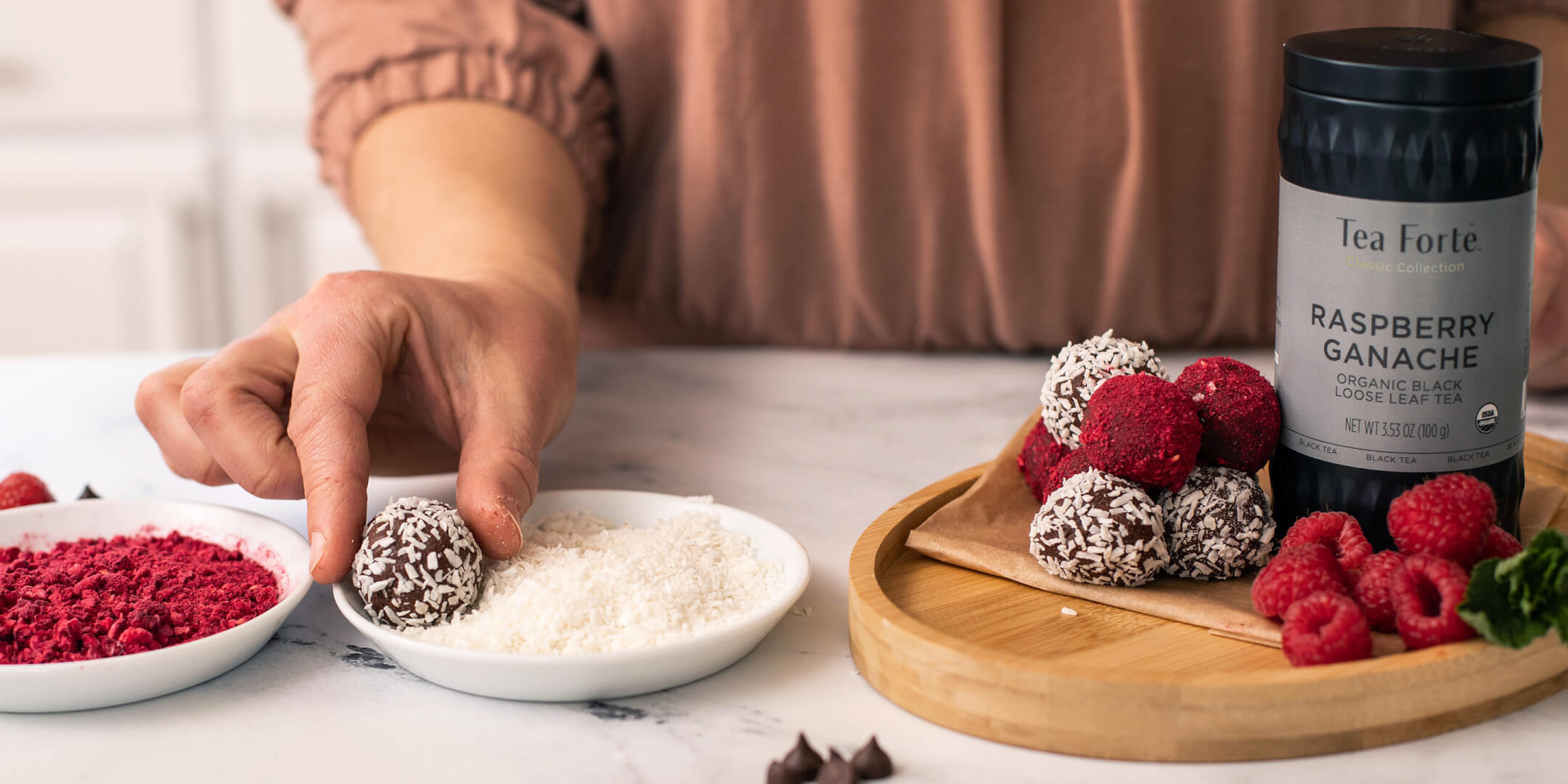
Tea Recipes
Raspberry Ganache Truffles
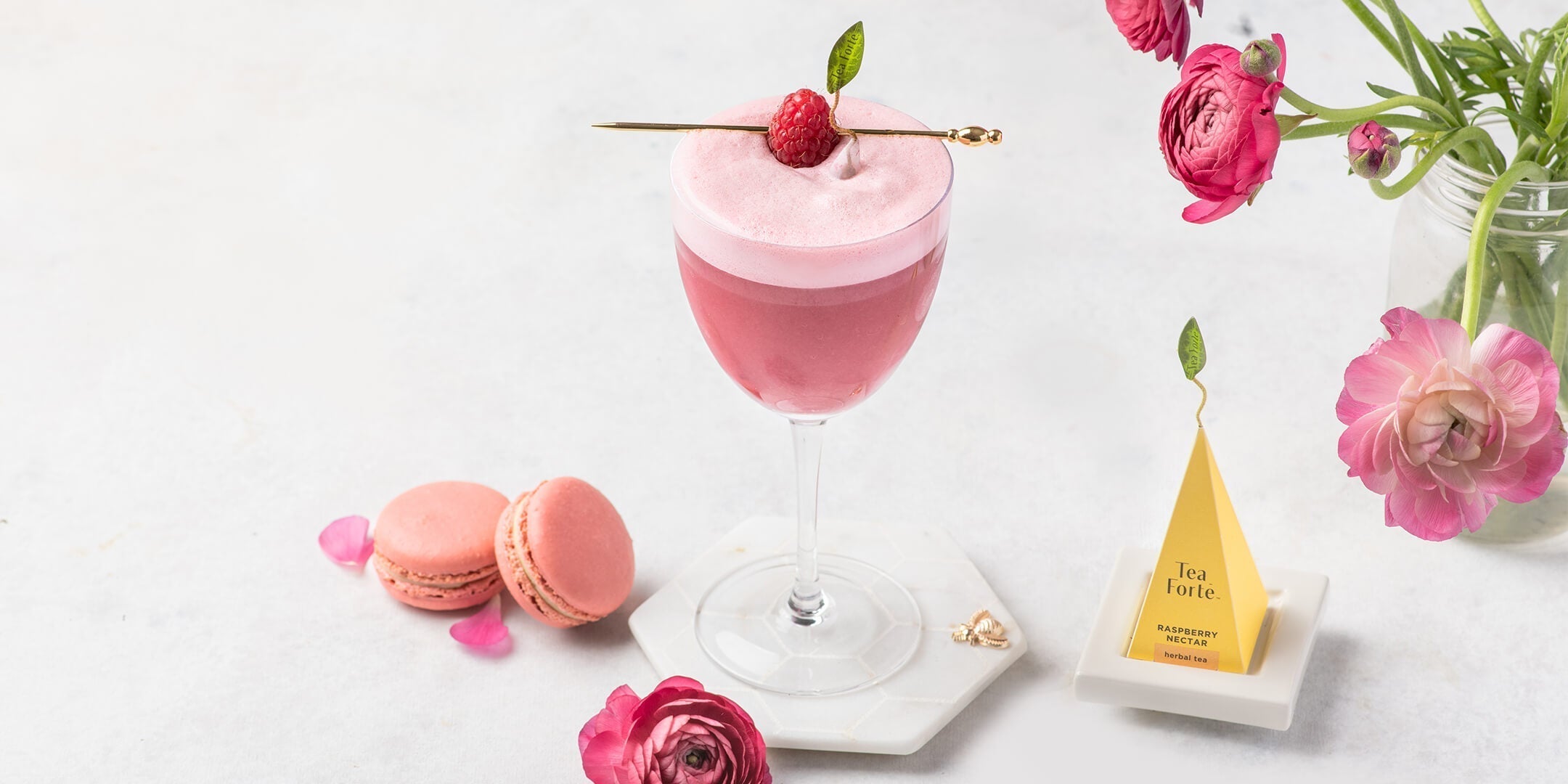
Cocktails & Mocktails
Raspberry Nectar Clover Club
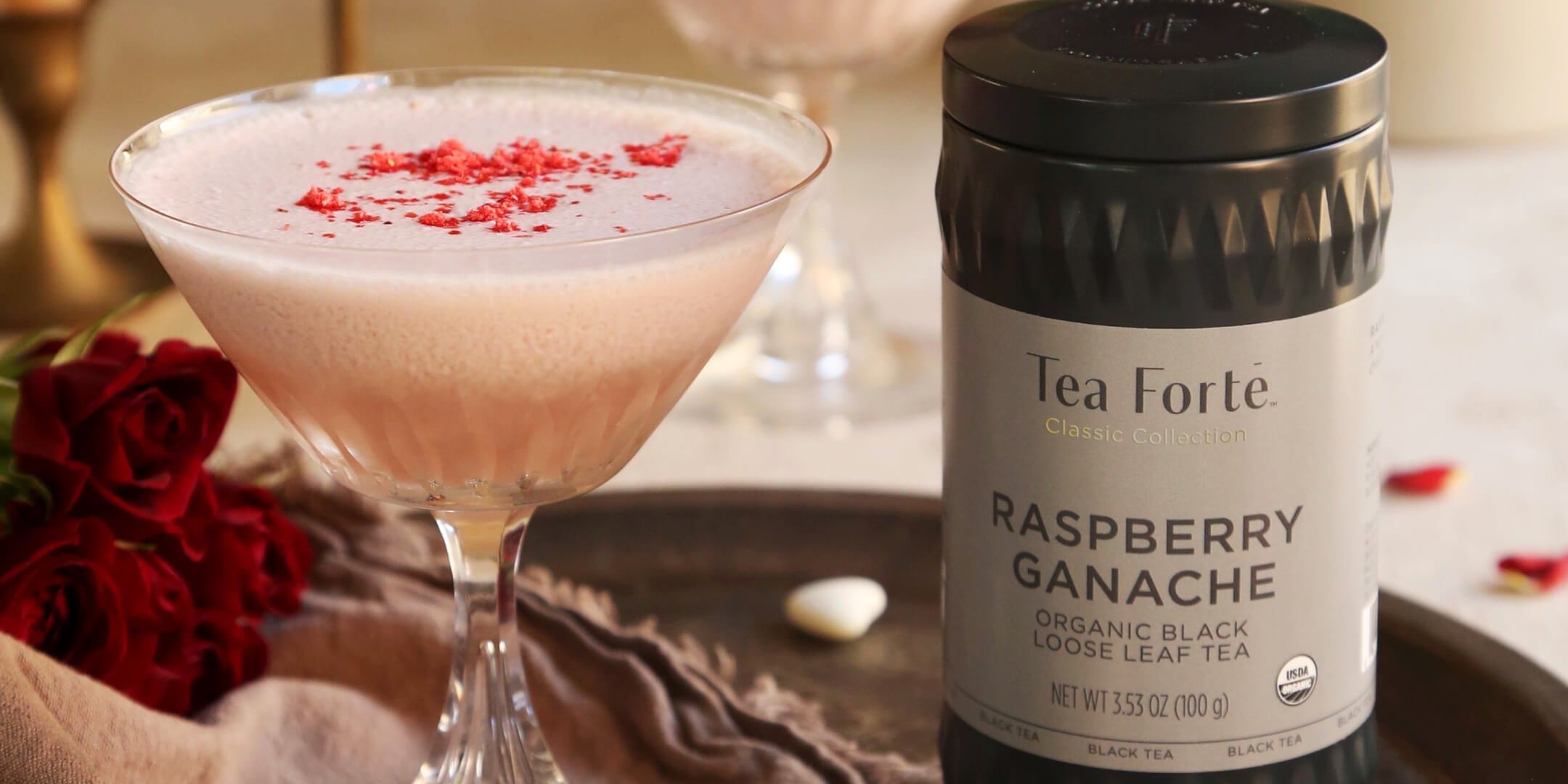
Cocktails & Mocktails
Chocolate Ganache Raspberry Martini
A decadent drink (that could easily double as dessert), this martini is smooth, creamy and rich with the perfect touch of raspberry sweetness.
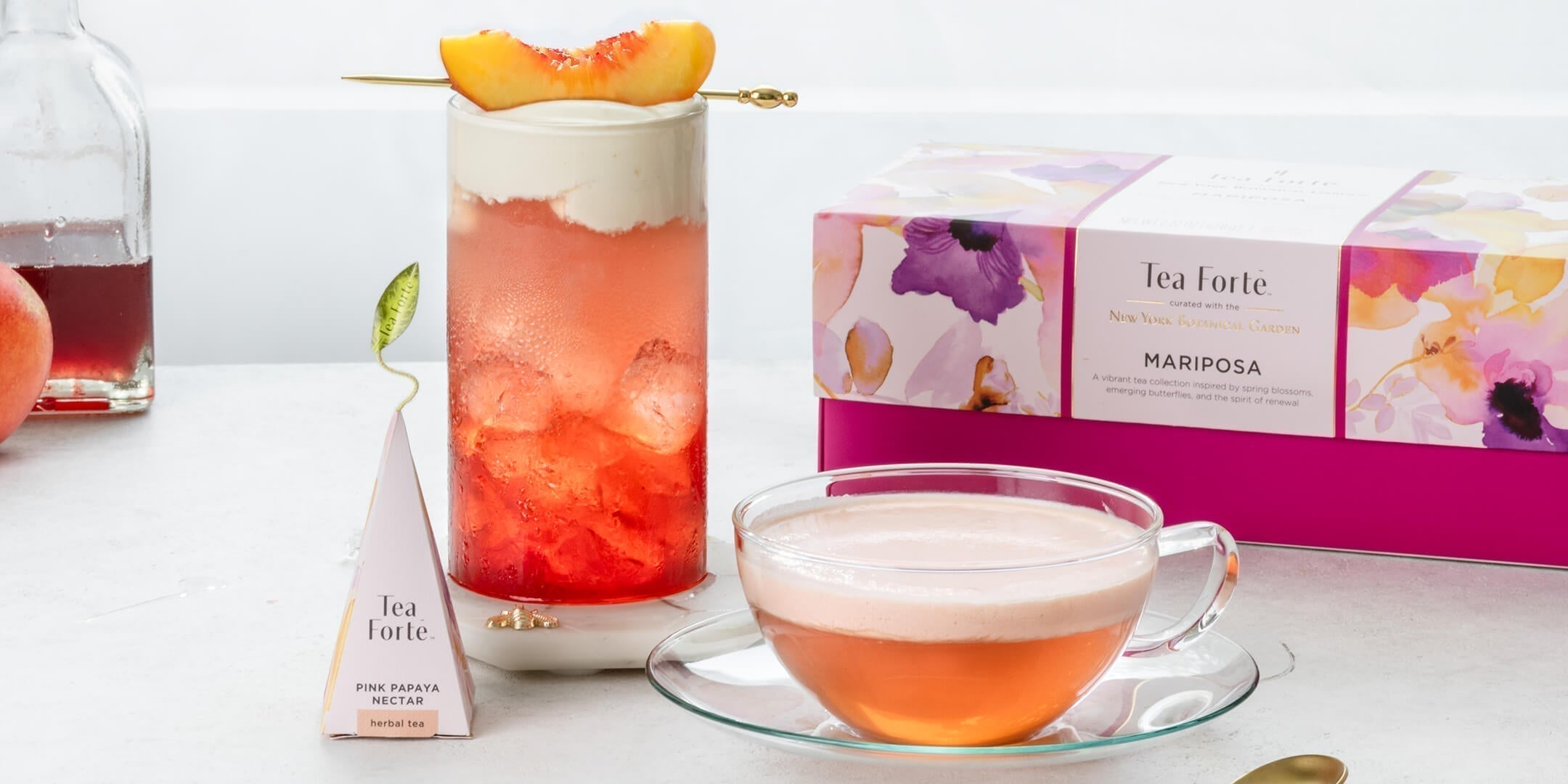
Tea Recipes
Pink Papaya Nectar Latte (Hot & Iced)
Hold on to summer with this fruity tea latte. Hot or iced, you decide!

